In early June, a cold and wintery blast hit Victoria’s southwestern coastline. It was the coldest and wettest start to a winter here in over 20 years. While the alps were relishing an early start to the snow season, those on the coast endured the icy wind and rain that prevailed.
As the southwestern coastline was battered by raw, frigid conditions that most would shy away from, one species – the southern right whale (Eubalaena australis) – returns to the waters of Gunditjmara sea Country. The sheltered bays, headlands, shallow beaches and ‘temperate’ waters provide a safe and protective haven for expecting mothers to give birth and raise their young, before returning south to Antarctica to feed during the warmer summer months.
On June 5, locals gathered on Gunditjmara sea Country for the first public welcoming of koontapool – the southern right whale – back to her traditional birthing waters. It’s a cultural exchange that’s happened between Gunditjmara and koontapool for thousands of years. Warrnambool’s Logan Beach is Victoria’s only established calving ground, with 96 calves born in its waters since 1980.
 The relationship between the Gunditjmara people and koontapool dates back tens of thousands of years. Photo Katey Shearer
The relationship between the Gunditjmara people and koontapool dates back tens of thousands of years. Photo Katey Shearer
The Gunditjmara sea Country stretches from the Hopkins River in Warrnambool, eastward to the sacred site of Johanna Beach, on Gadubanad Country just to the west of Cape Otway. It is not only iconic, with its raw, windswept coastline, but steeped in deep history. The Gunditjmara have a connection to both fresh and saltwater. A Country of rugged coastline, shaped by thousands of years of volatile Southern Ocean storms, land and fresh waterways shaped by now extinct volcanoes, lakes, craters, creating a deeply powerful and dynamic Country. Gunditjmara have a proud connection to traditions and customs that predate the pyramids of Egypt. These traditions and cultural practices have been passed down for thousands of years, from mother to child, just as koontapool returns to pass survival knowledge onto her young.
But this ancient bond was broken by colonisation. First came whaling. As the boots of white men landed upon the shores of Victoria, so did the practice of whaling throughout Bass Strait. Victoria’s southwest coastline offered a perfect place to establish colonial Victoria’s earliest industry. The ruthless tactics used by whalers saw the slow-moving southern right whales calves killed first, then the mother as she went in to protect her young. The practice was so lucrative that the value of whale oil and bone soon exceeded the value of wool, the major export of colonial Victoria. This disdain for the lives of the whales led to the ultimate decline of southern right populations, and with it the decline of the whaling industry itself. Hunted ruthlessly, koontapool’s population diminished from an estimated 20,000 to just a few hundred.
With the end of whaling came the oil and gas industry. Throughout the 1970s, exploration for offshore oil and gas deposits began in the Otway Basin. This offshore acreage stretches from the north-western waters of Tasmania, west to Cape Jaffa in South Australia, encompassing the southwestern coastline of Victoria. Never mind that it’s home to the iconic Twelve Apostles and the critically endangered koontapool.
The koontapool live in a completely auditory environment. The underwater world allows these whales to rely on sound to communicate, navigate and socialise as sound travels faster and covers greater distances underwater. Sound is a whale’s whole world.
But with the oil and gas industry came seismic testing, a practice that sees exploration vessels detonating underwater blasts up to 250 decibels (by comparison a jet engine is around 140 decibels). These blasts help map below the seafloor, allowing big fossil fuel companies to find oil and gas deposits. Seismic testing works in a similar fashion to the way whales rely on sound waves to communicate and navigate, only far more powerfully. These sonic blasts have disastrous impacts on southern right whales as the underwater explosions disorientate a whale’s sense of navigation, interrupting communication and damaging sensitive hearing.
The group of southern right whales that return to Gunditjmara waters are from the Southeast Group. These whales frequent the waters of Victoria, Tasmania, New South Wales and eastern South Australia. The Southwest Group live westward from the Great Australian Bight. It was thought that since the end of whaling, the southern right populations across the Southern Hemisphere had a general overall increase of about 7 per cent per year. The Southeast Group however appears to be increasing at a slower rate. The 2020 estimate of the Southwest population was 2585 individuals. The Southeast population meanwhile was estimated at just 268.
The stagnation in the growth of the Southeast Group population corelates with an increase in offshore gas and oil production off Australia’s south-eastern coastline. Acreages have opened and expanded off Tasmania, Gippsland and the Otway basins since the 1970s. The location of these acreages and the sound that comes with seismic exploration, drilling and construction have interrupted the migratory paths of the Southeast Group of whales. They have not enjoyed the same freedom from the expansion of industry that the whales of the Southwest Group have had. This is why, Gunditjmara are fighting fiercely to protect their sacred sea Country, as it still remains a safe haven for koontapool and her Southeast Group.
Koontapool represents knowledge, like any mother who learns to protect her young so that they can survive. The koontapool swims thousands of kilometres north from Antarctica to return to her ancestral waters of the Gunditjmara sea Country passing on the story of survival so that her young can carry on that knowledge. In the same way, her kin, the Gunditjmara mob, have survived through matriarchal strength and knowledge being passed down in the same way for thousands of years.
Gunditjmara have a deep and ancient connection to koontapool. Seeing her as a carrier of life and knowledge. If a whale became stranded, it would be eaten as it sustained life once again by giving their meat for feasting on – a rich source of protein, fat, bone. All was consumed or used. The whale’s life is honoured by helping better the life of the Gunditjmara. Koontapool is kin; with the life of the whale and the people sacredly intertwined for thousands of years.
 The author surfing on Wadawurrung sea Country, which is often visited by southern right whales and their calves during the winter months. Photo Katey Shearer
The author surfing on Wadawurrung sea Country, which is often visited by southern right whales and their calves during the winter months. Photo Katey Shearer
This same deep connection to the southern right whale runs deep as an ancient songline connection is seen right along Australia’s southern coastline with numerous mobs, such as the Mirning, Buandig and Yuin who live in the migratory range of the whale from north of Perth to the north of Sydney, all of whom have differing stories of the whale.
Yaraan Bundle represents knowledge. A Gunditjmara woman, mother, and storyteller who is fiercely loyal to family and community, Yaraan has a powerful and personal knowledge of koontapool. It’s the same story that was told to her by her mother, Vikki Couzens, a Gunditjmara elder and the same story that Yaraan will pass on to her young ones Keanu, Mandarra and Nyanibul. This knowledge is sacred and essential for Gunditjmara and just like koontapool, who has fought for survival, so does Yaraan, who fights passionately to protect sacred sea Country from further fossil fuel projects. She is fighting for the right to care for sea Country, to pass down an ancient knowledge and understanding to not only her own children, but future generations.
Koontapool was beckoned home with a signal fire, the only respite from freezing winds as Yaraan and her community welcomed her home through ancient song and dance, the first time the Gunditjmara had publicly done so. Koontapool was welcomed home for the winter, to the familiar waters of sea Country, where she remains safe from the dangers of exploratory industries that operate in deeper waters not too far offshore.
Current whale protection recognises that one of the biggest threats to the critically endangered species is noise from seismic testing. It fails to include any recognition or involvement from Traditional custodians who have had ancient ties to the whales long before the white man and his exploitative industries came along. As Yaraan invited koontapool home, a declaration was launched by SOPEC, the Southern Ocean Protection Embassy Collective, the Gunditjmara-run collective that fights for the protection of sea Country, koontapool and climate solutions. Yaraan fights tirelessly to be deservingly recognised as a stakeholder in the protection of her kin, koontapool from the activities of the oil and gas industries as they map and earmark further seismic testing and drilling in the Otway Basin.
Stand alongside Yaraan and the Gunditjmara mob who fight to protect the threatened koontapool and the sea Country that she and her young have survived in for thousands of years by signing SOPEC’s citizen declaration calling for the immediate protection of koontapool and her sacred sea Country. Sign here.
 The Southern Ocean Protection Embassy Collective is fighting the expansion of the oil and gas industry in the home waters of koontapool. Photo Katey Shearer
The Southern Ocean Protection Embassy Collective is fighting the expansion of the oil and gas industry in the home waters of koontapool. Photo Katey Shearer



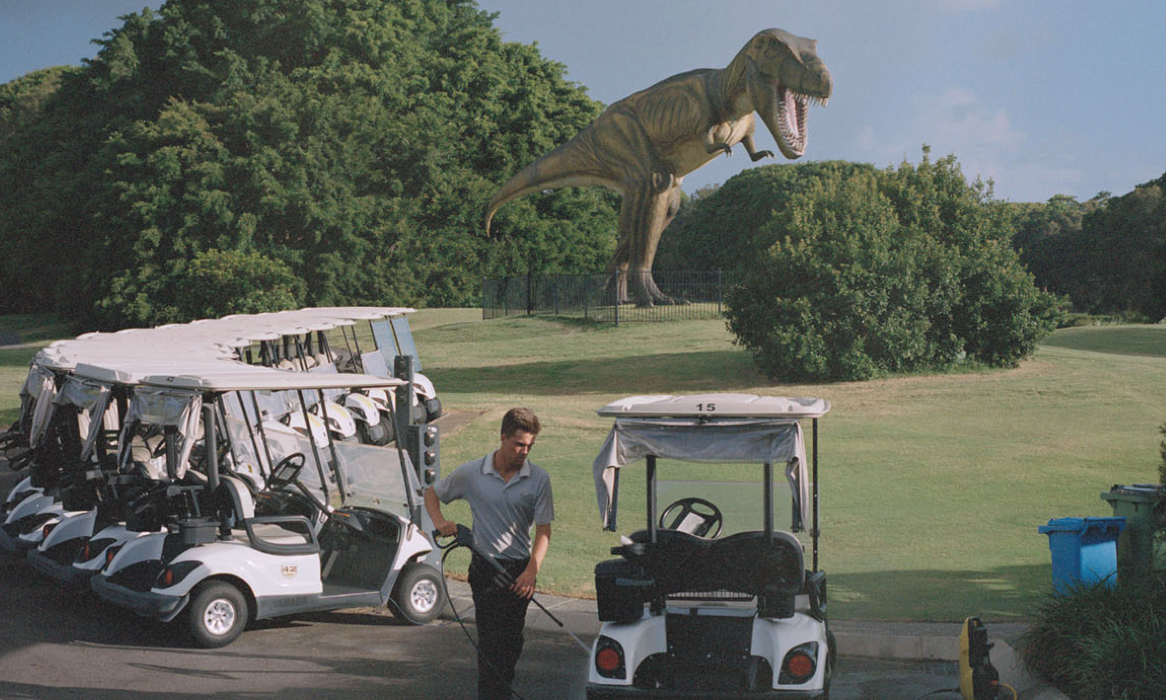
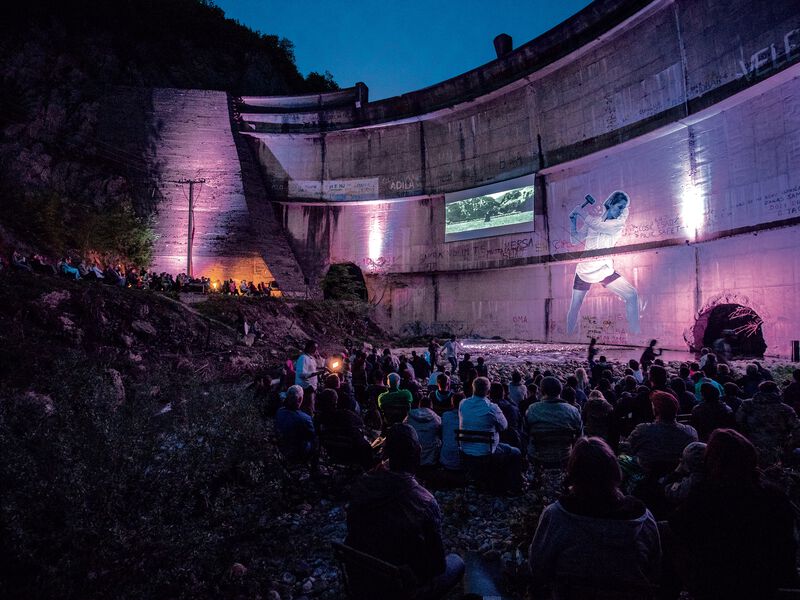




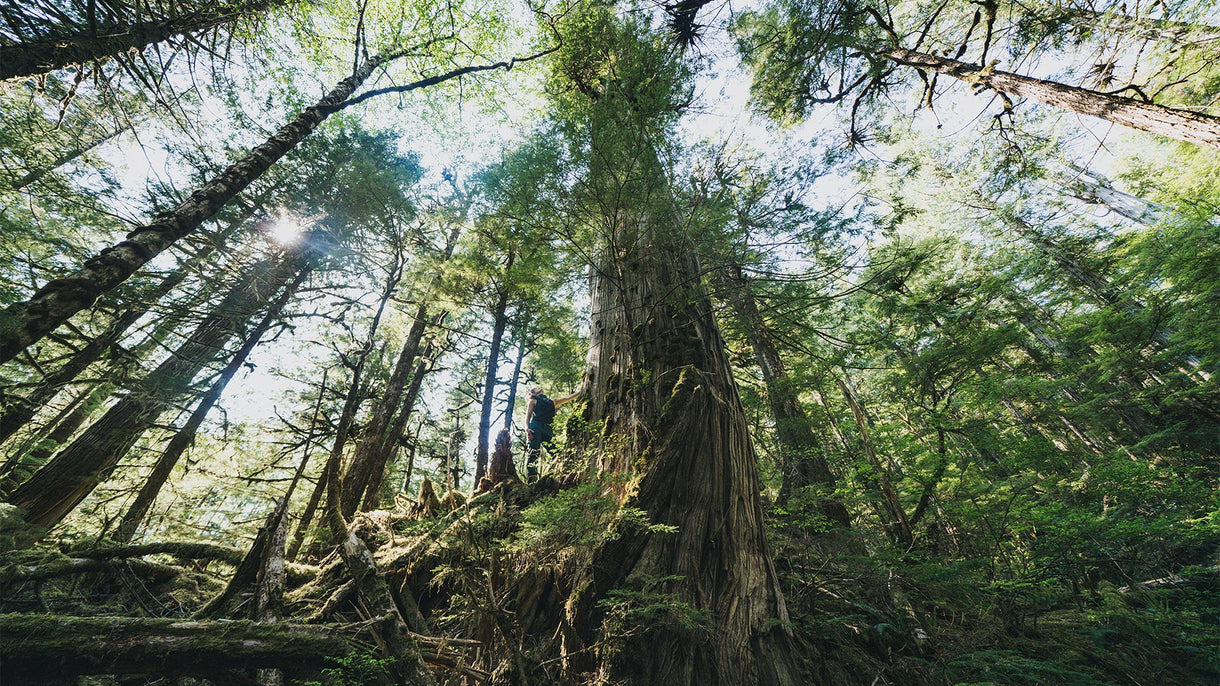
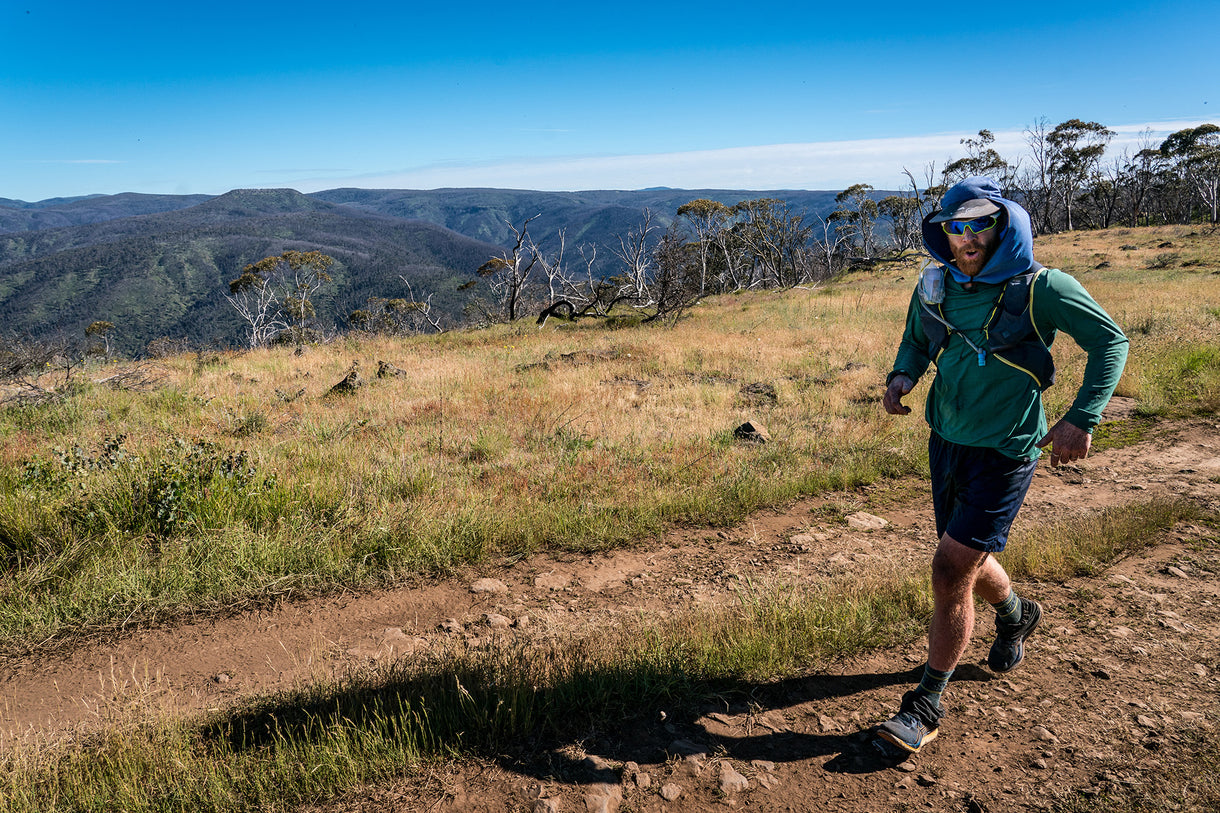
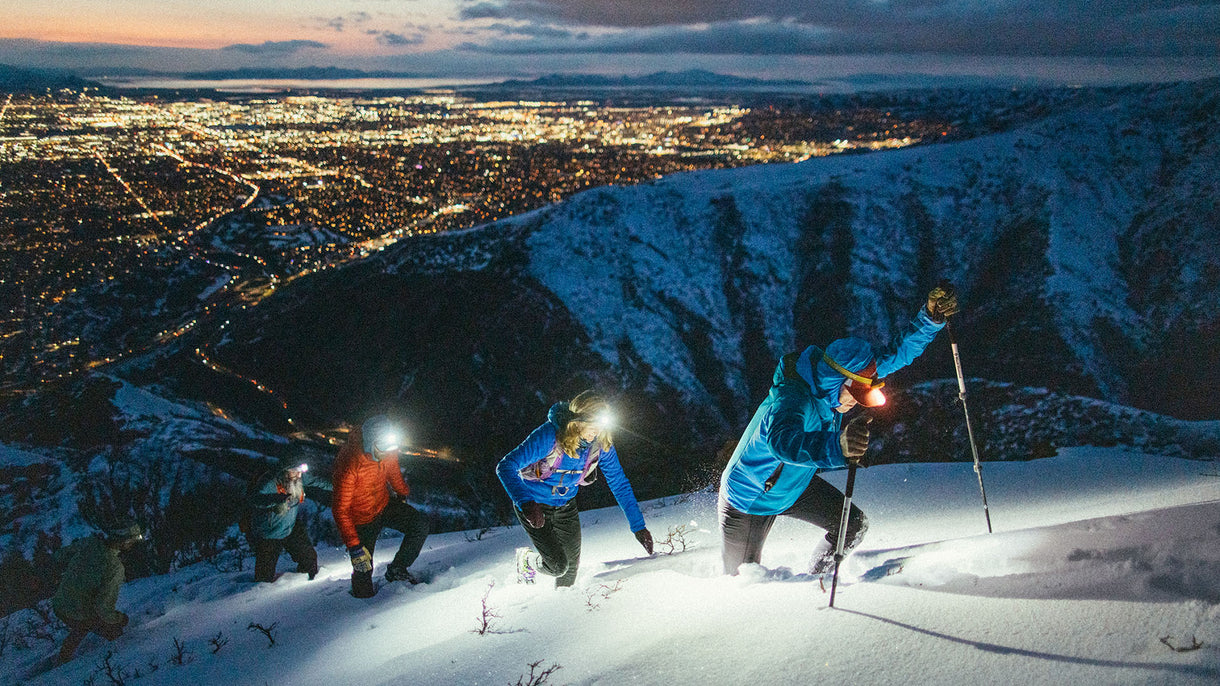
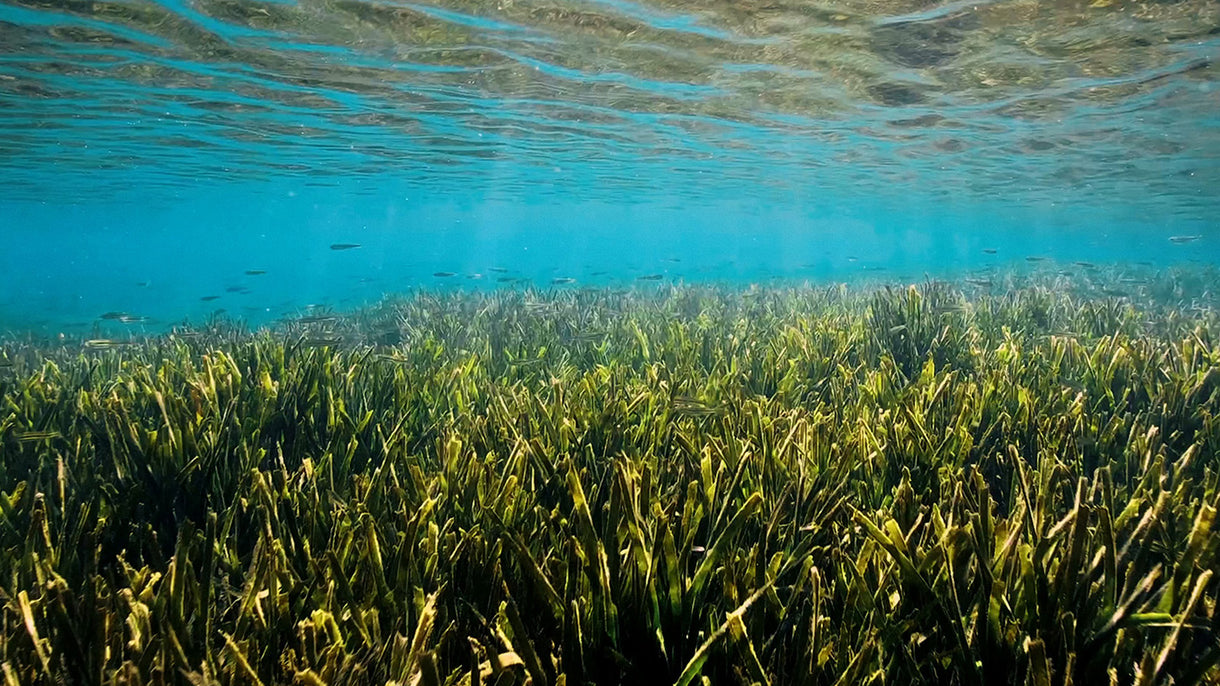
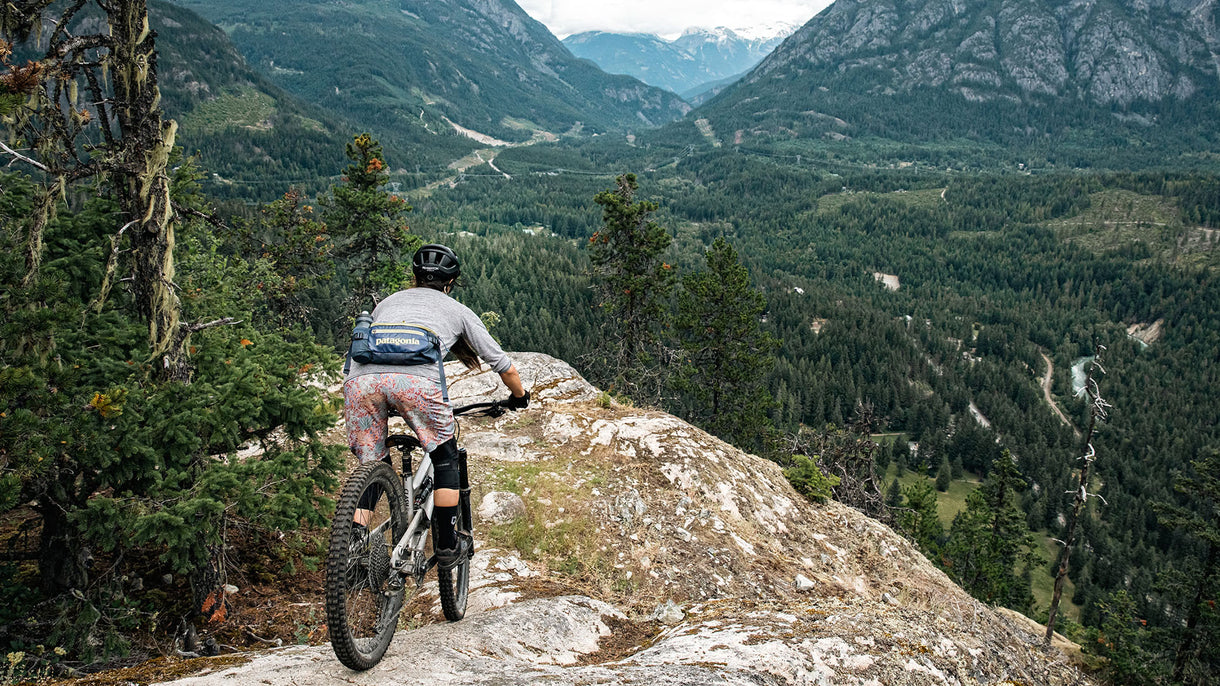
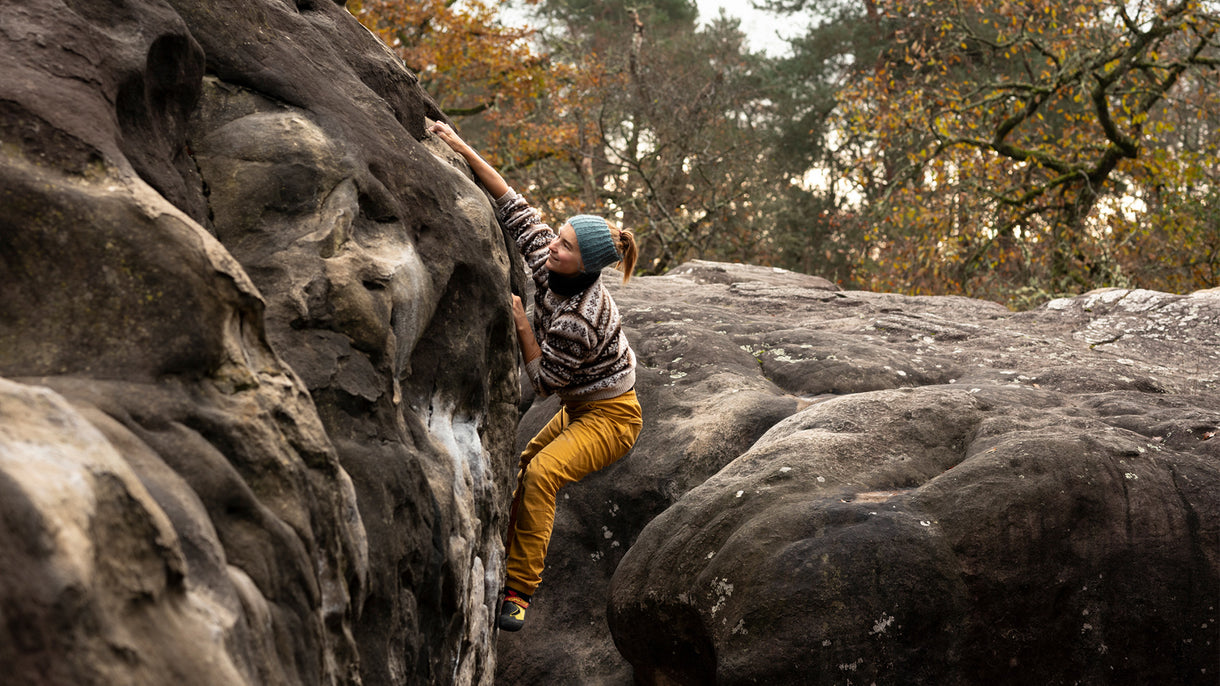
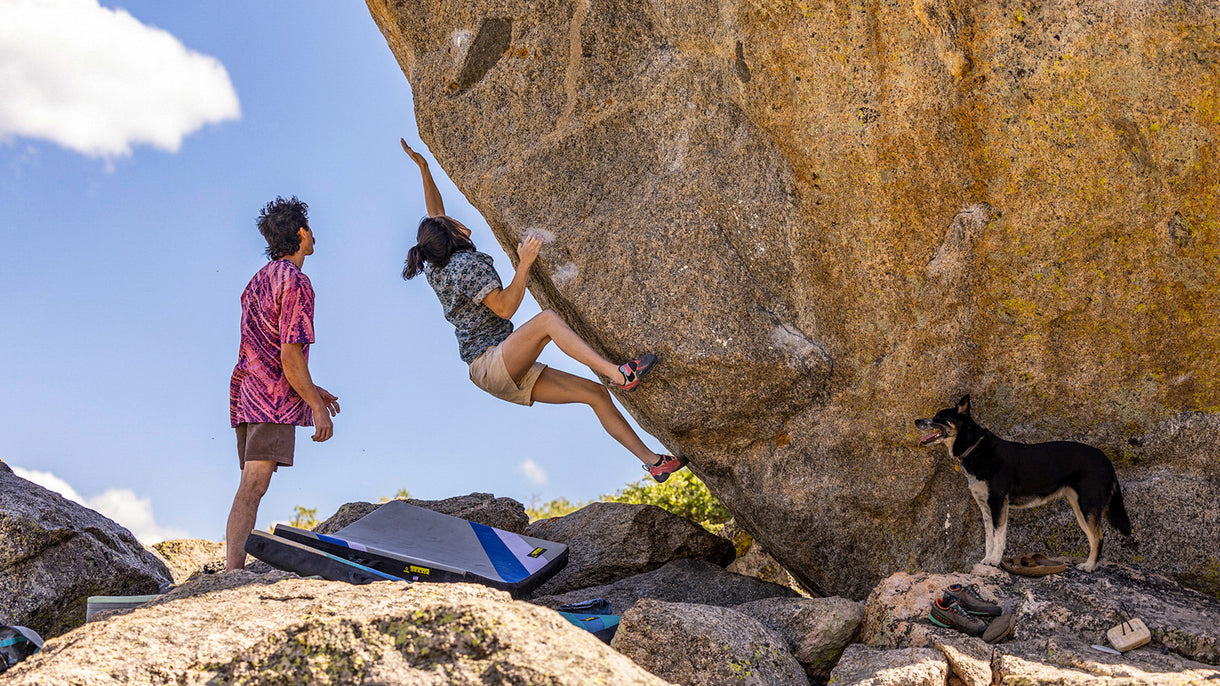
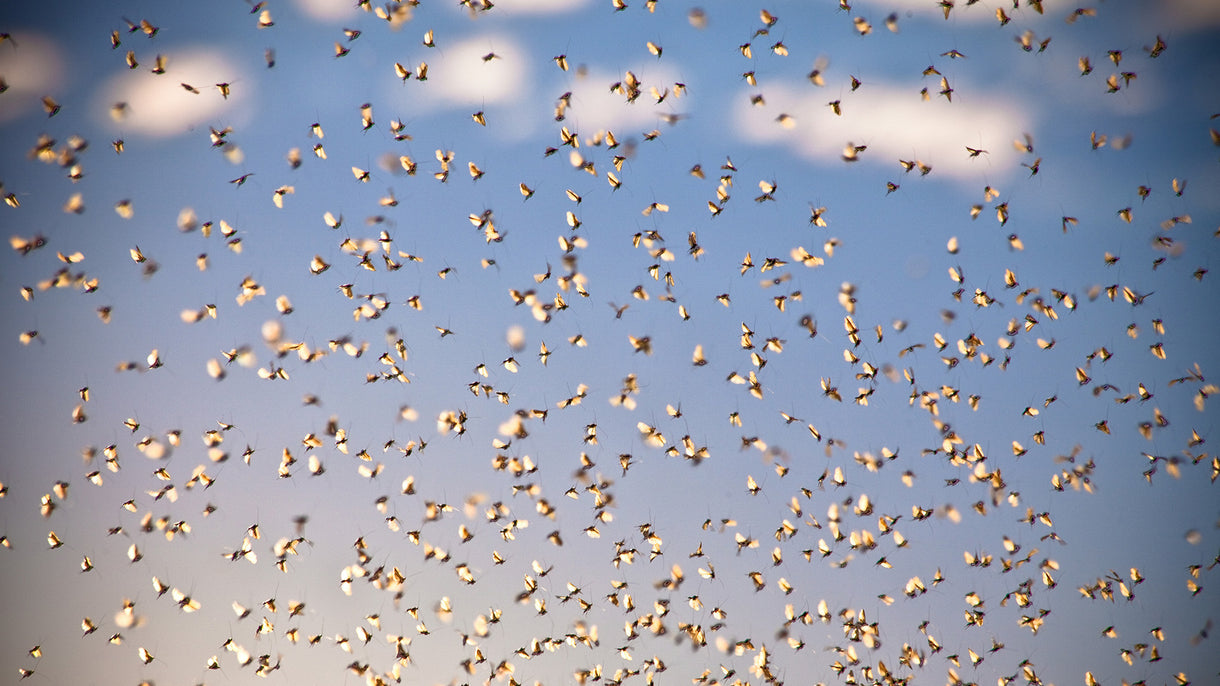

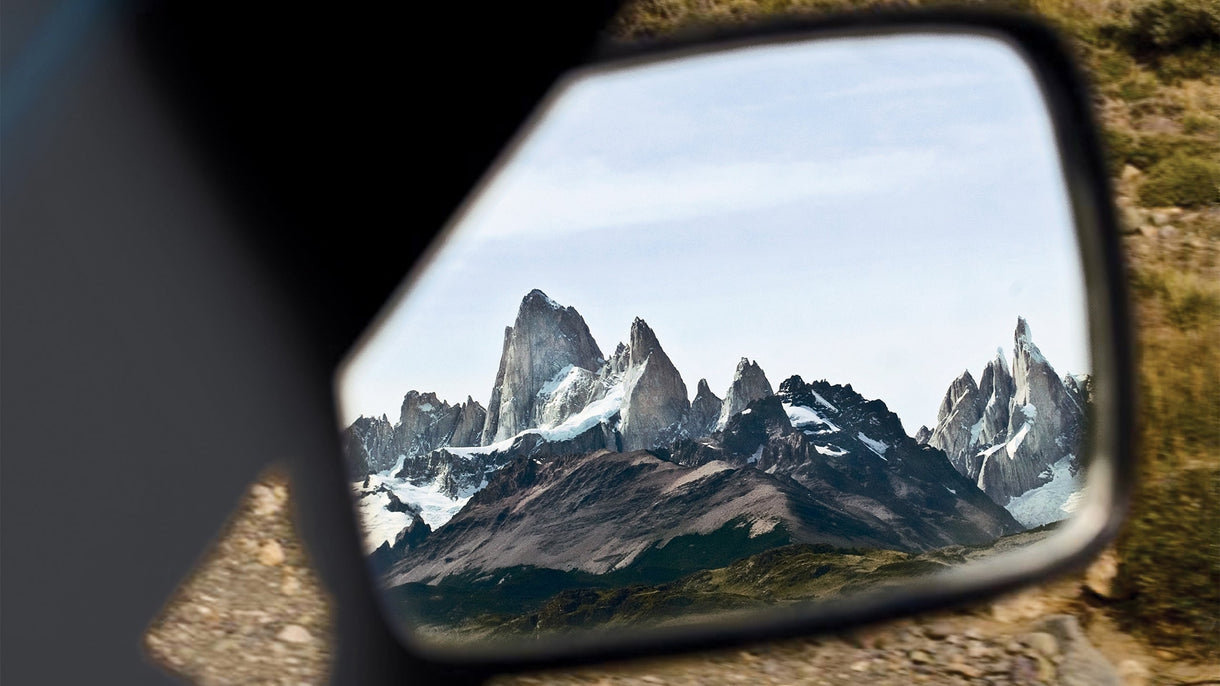
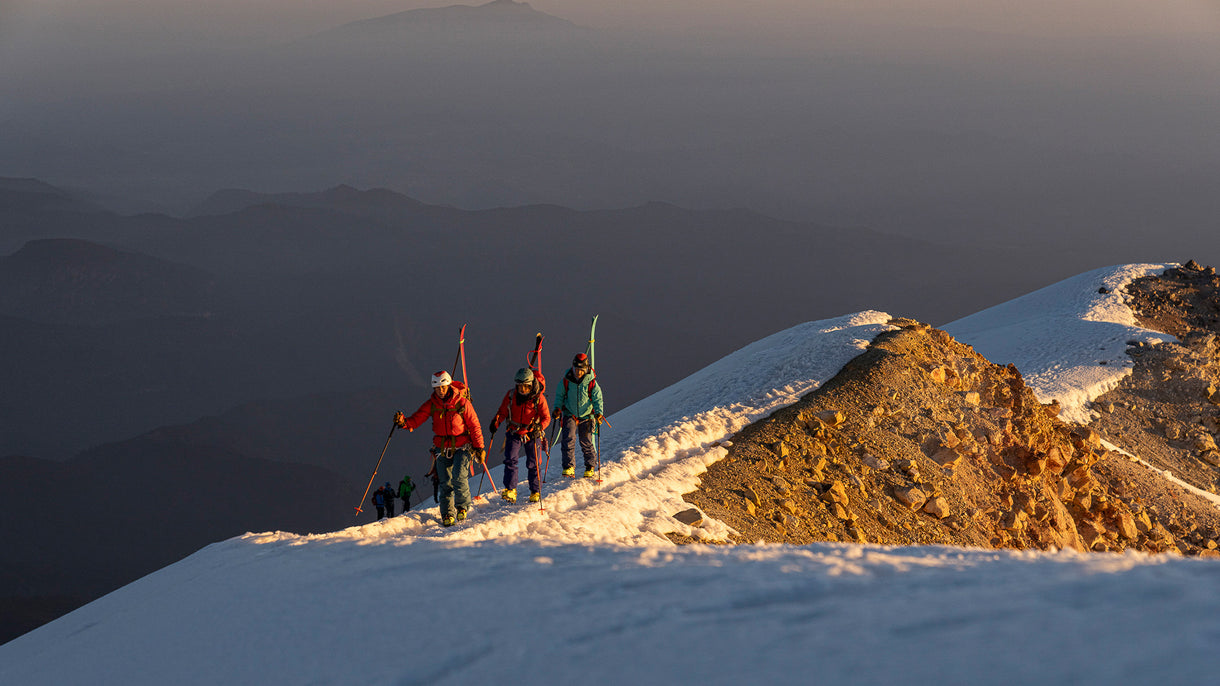
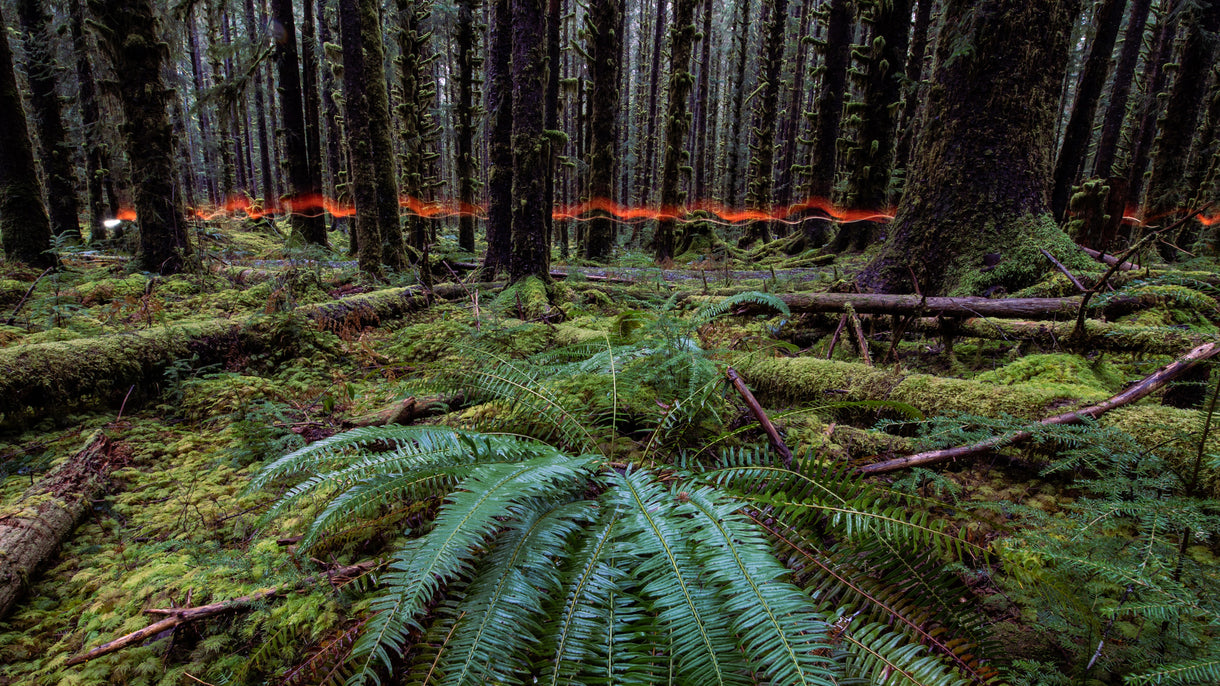
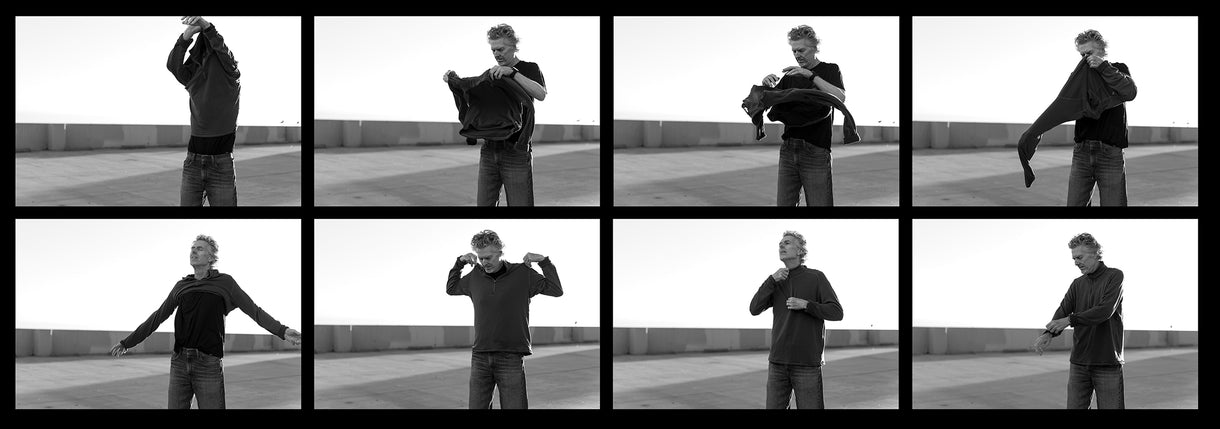
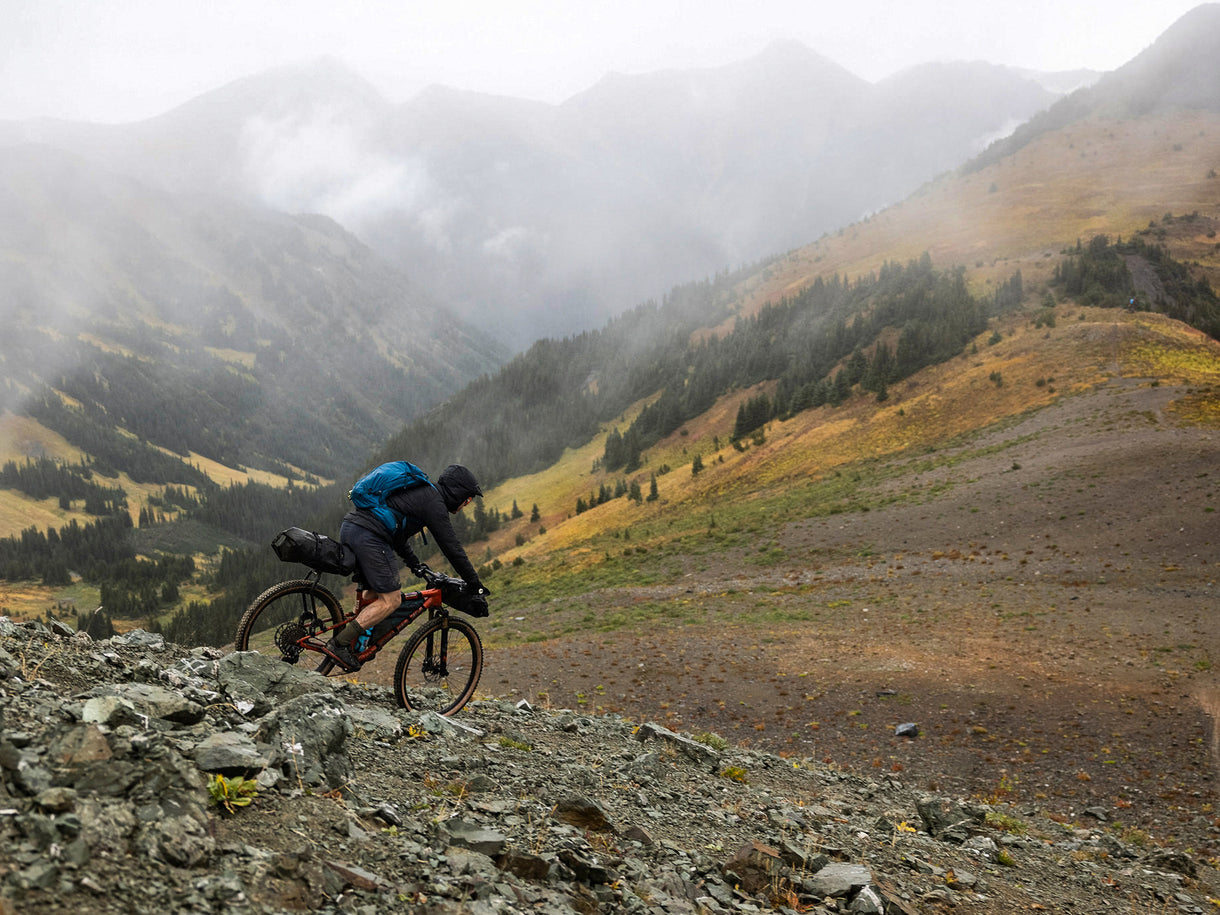
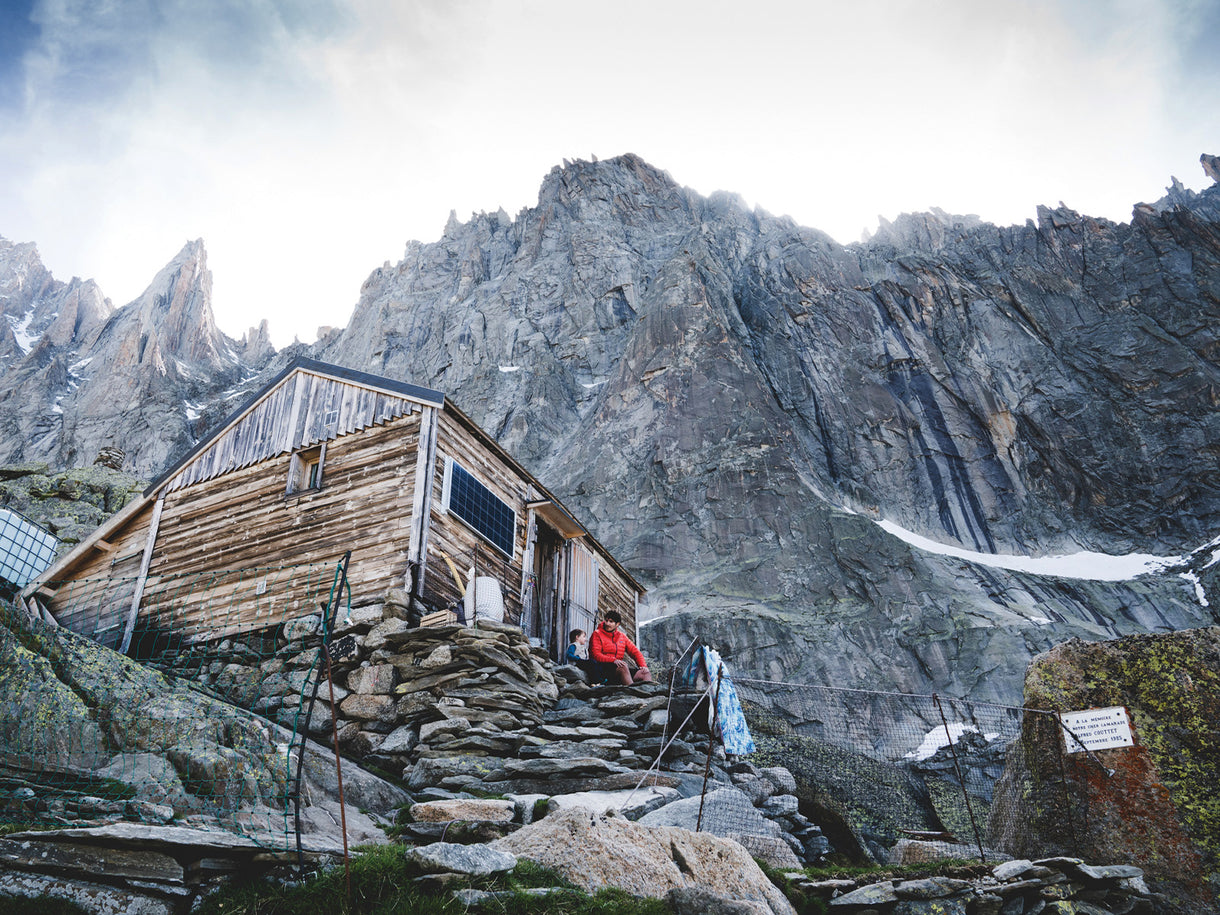
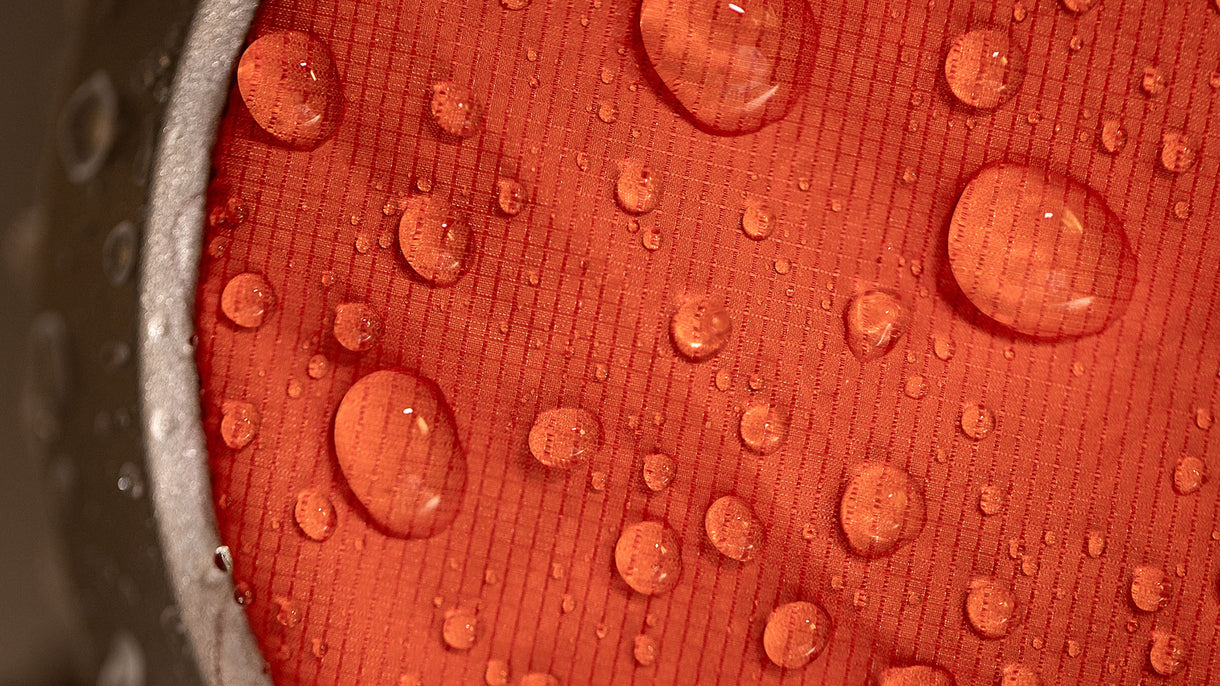
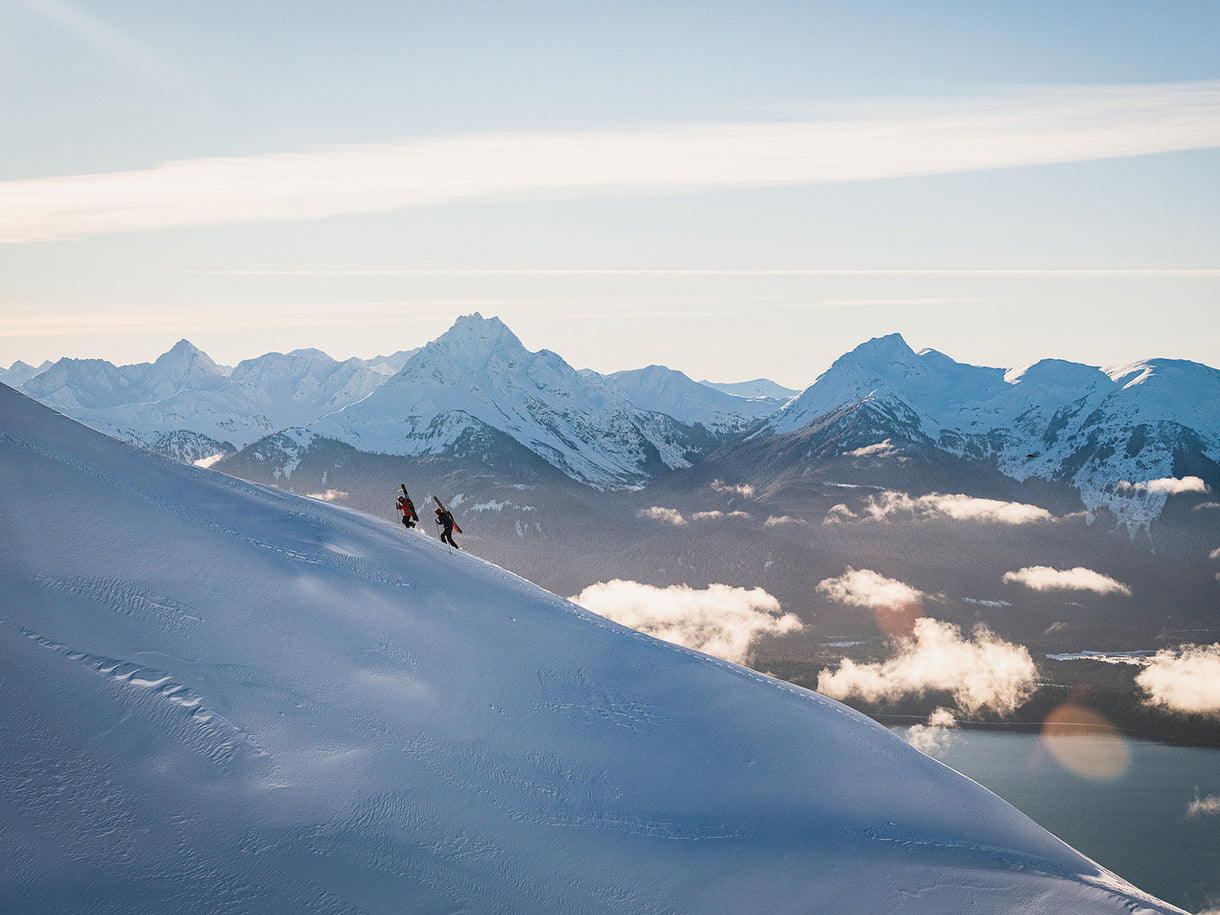
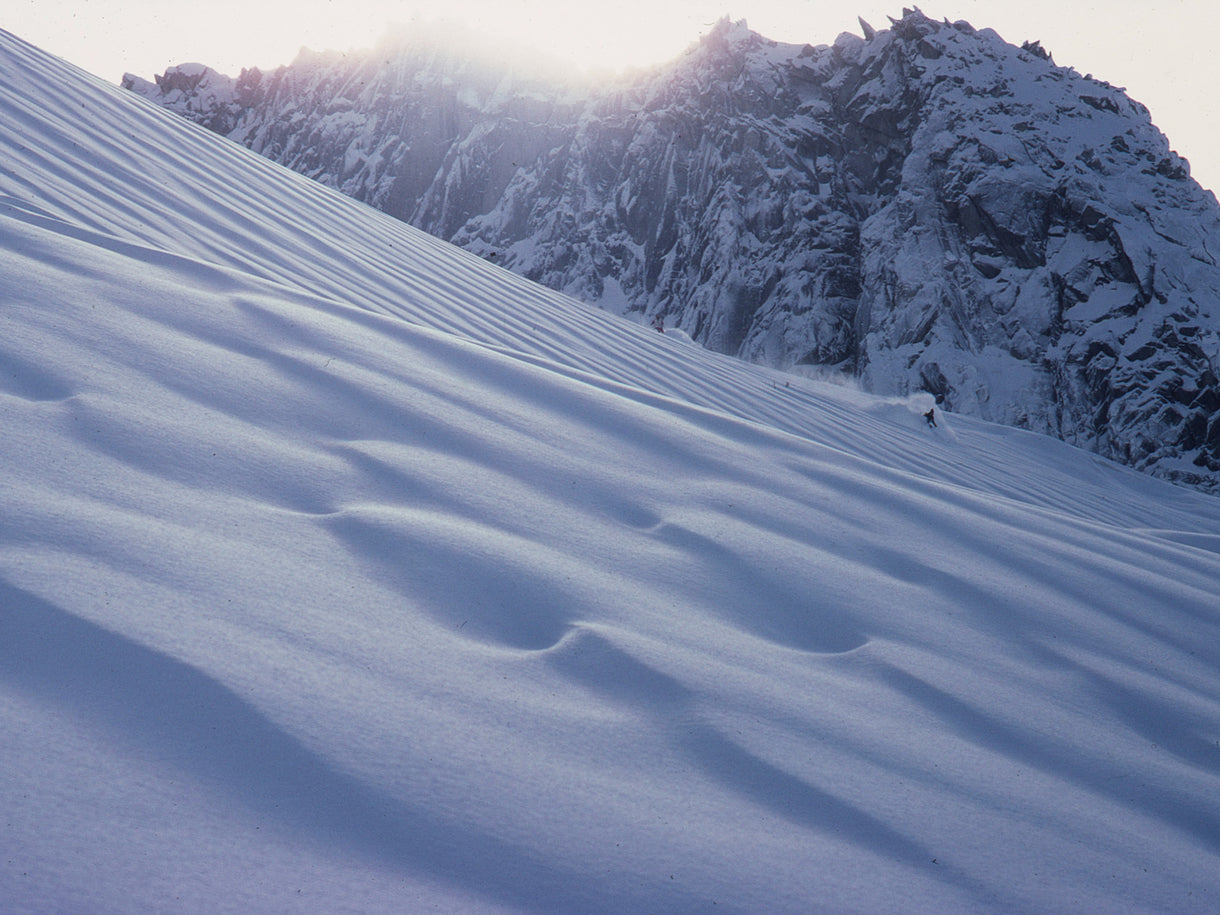
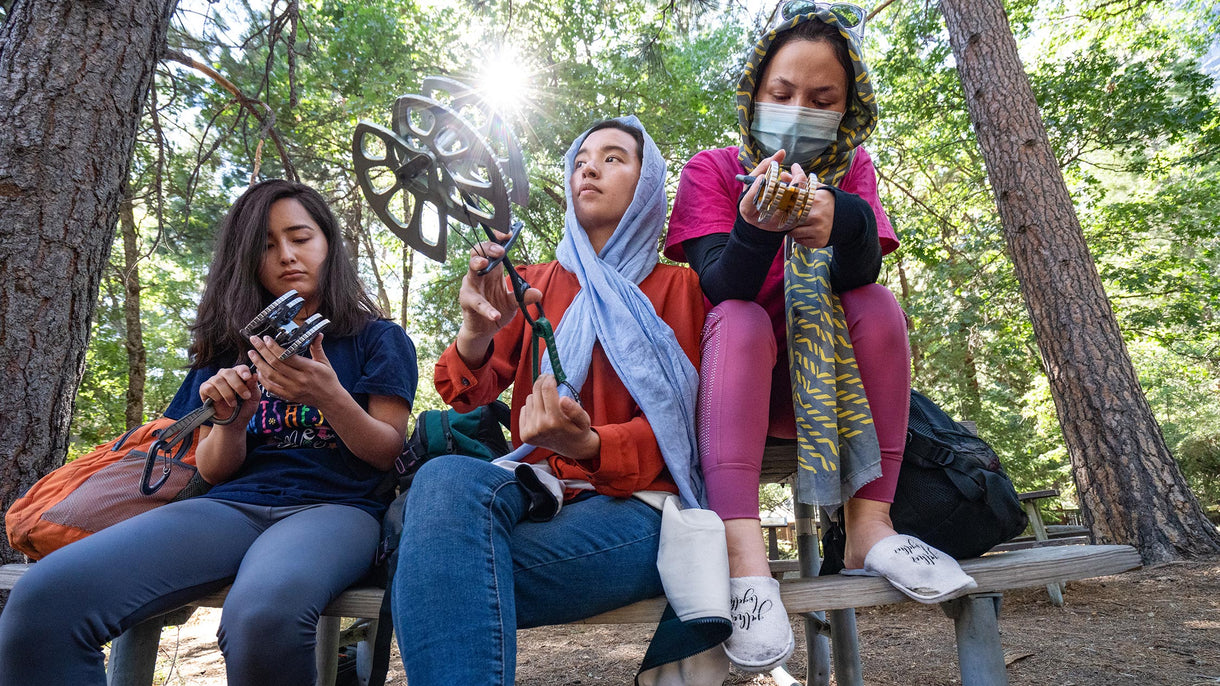
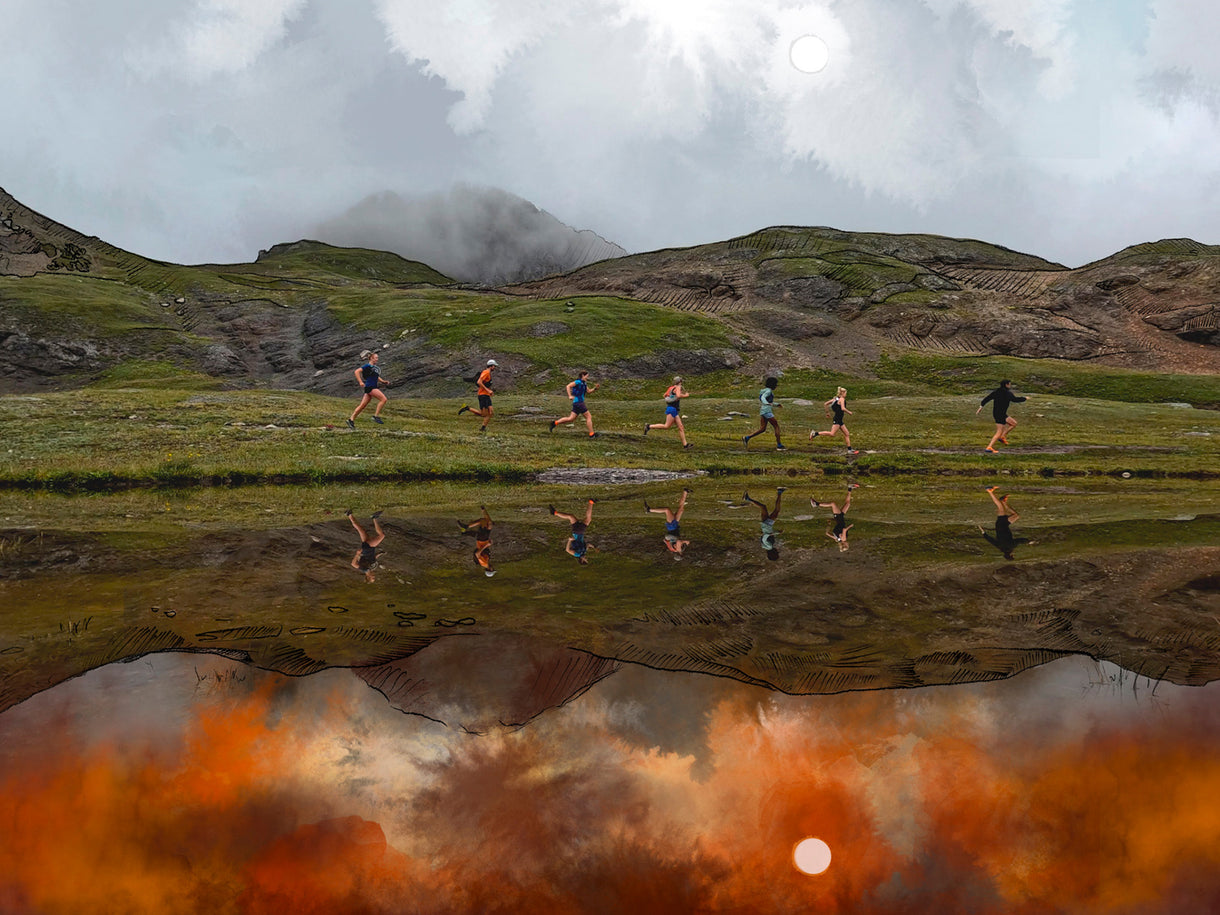
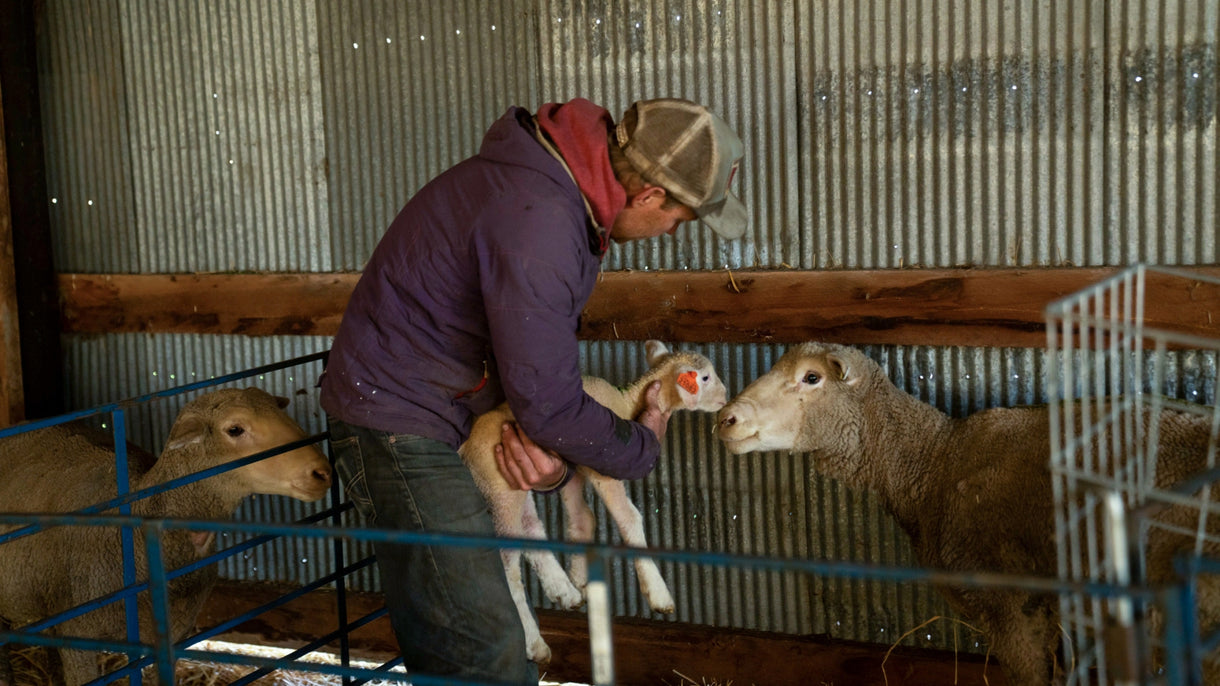
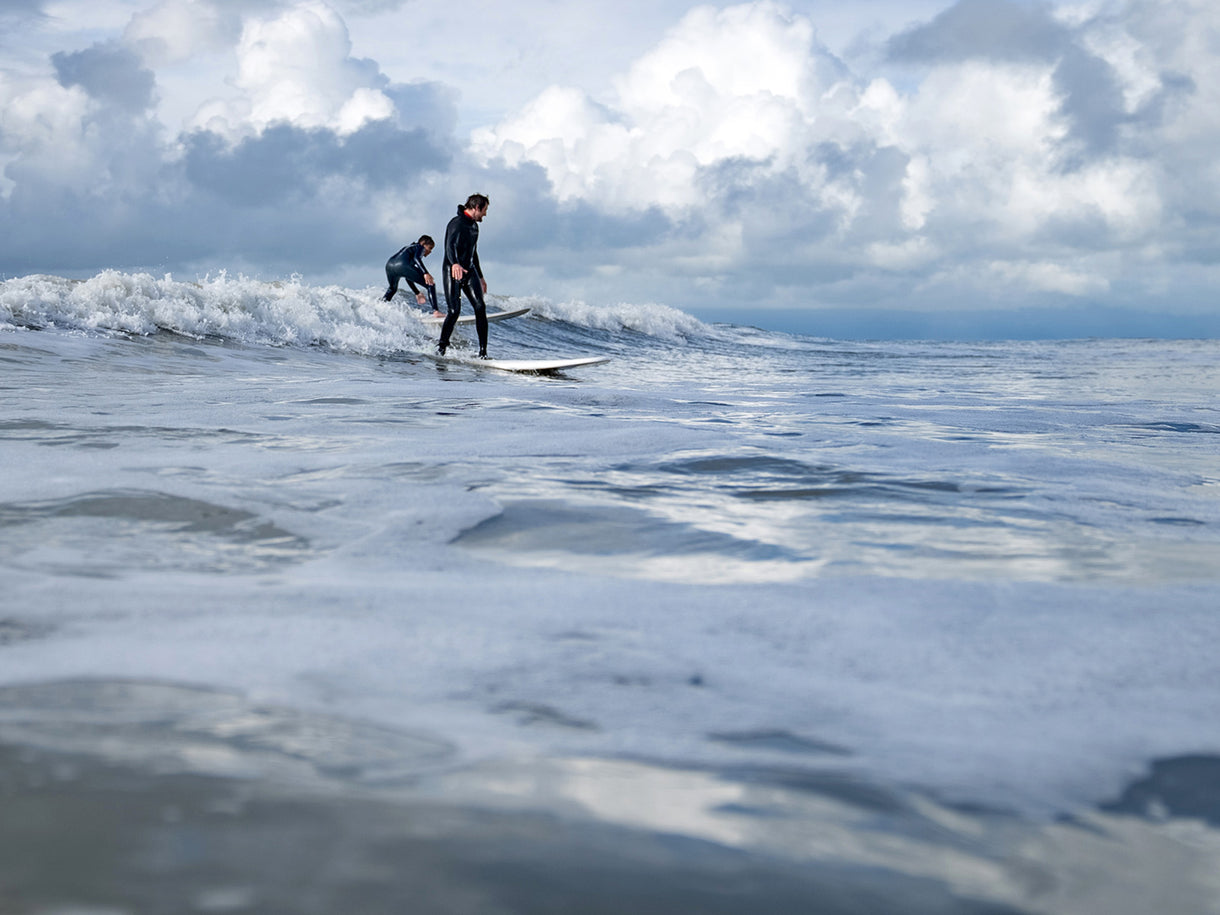
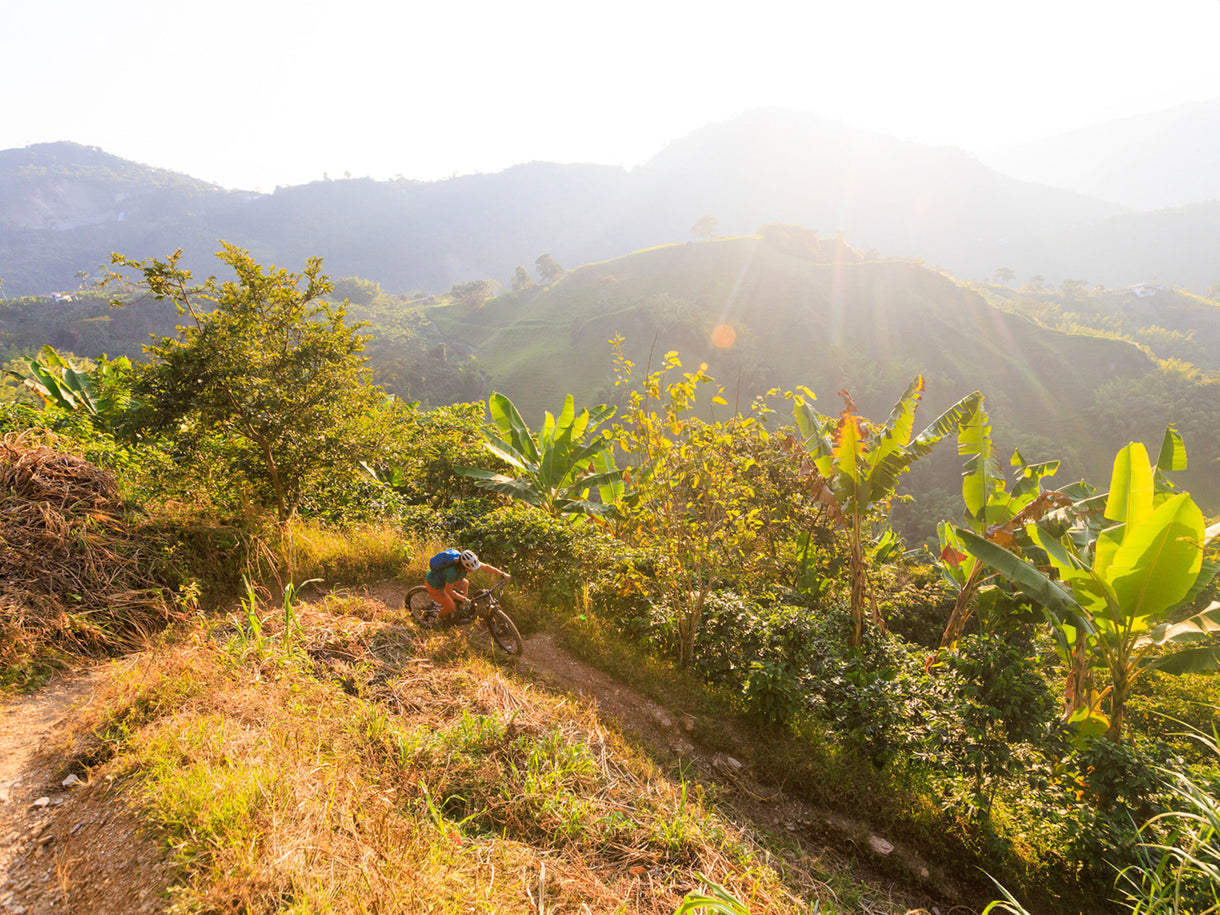
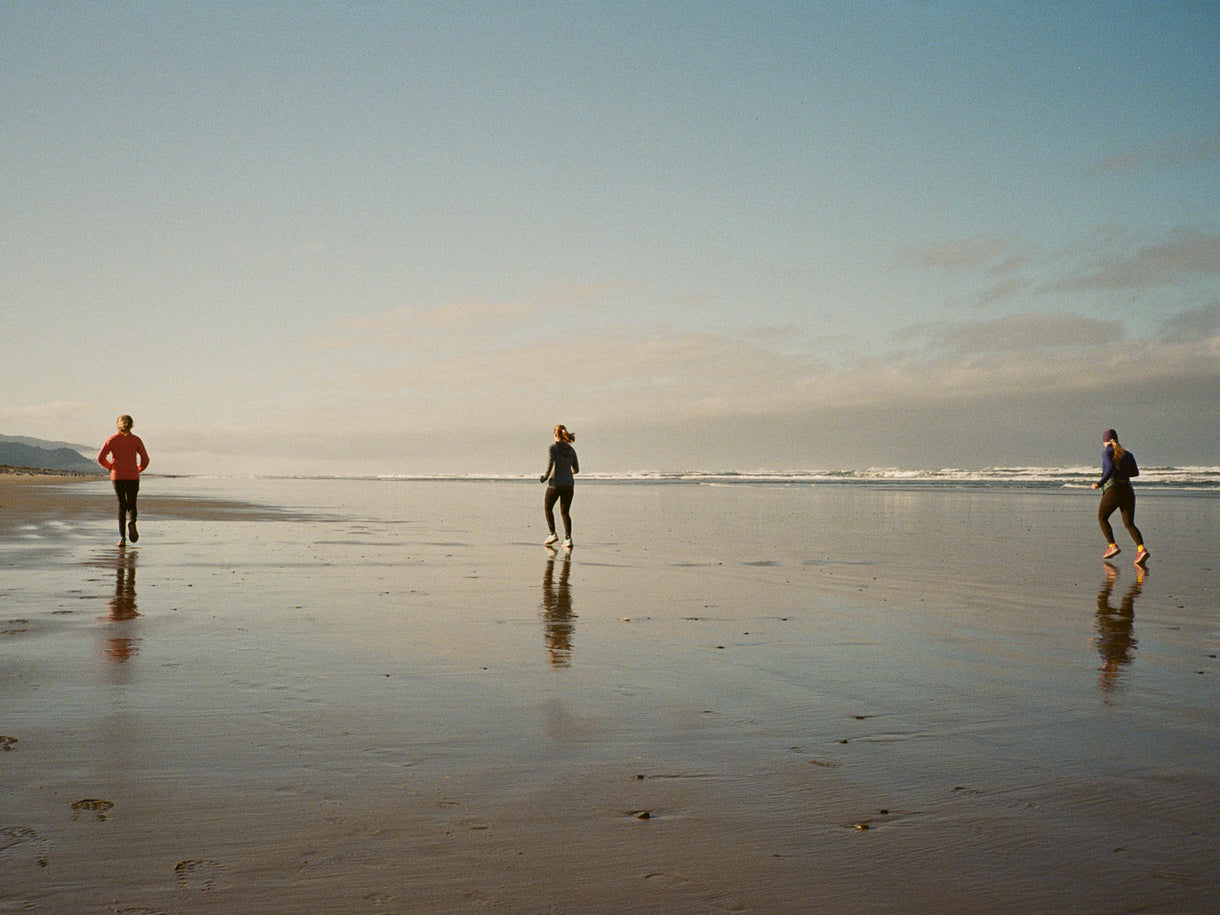
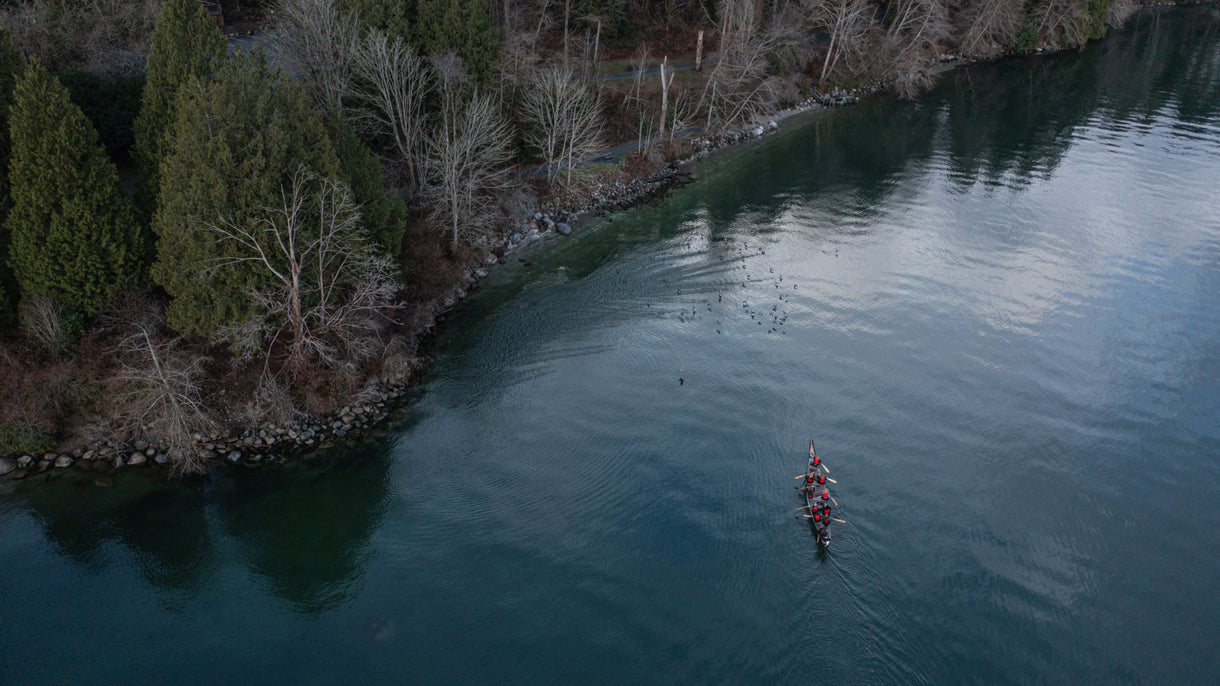
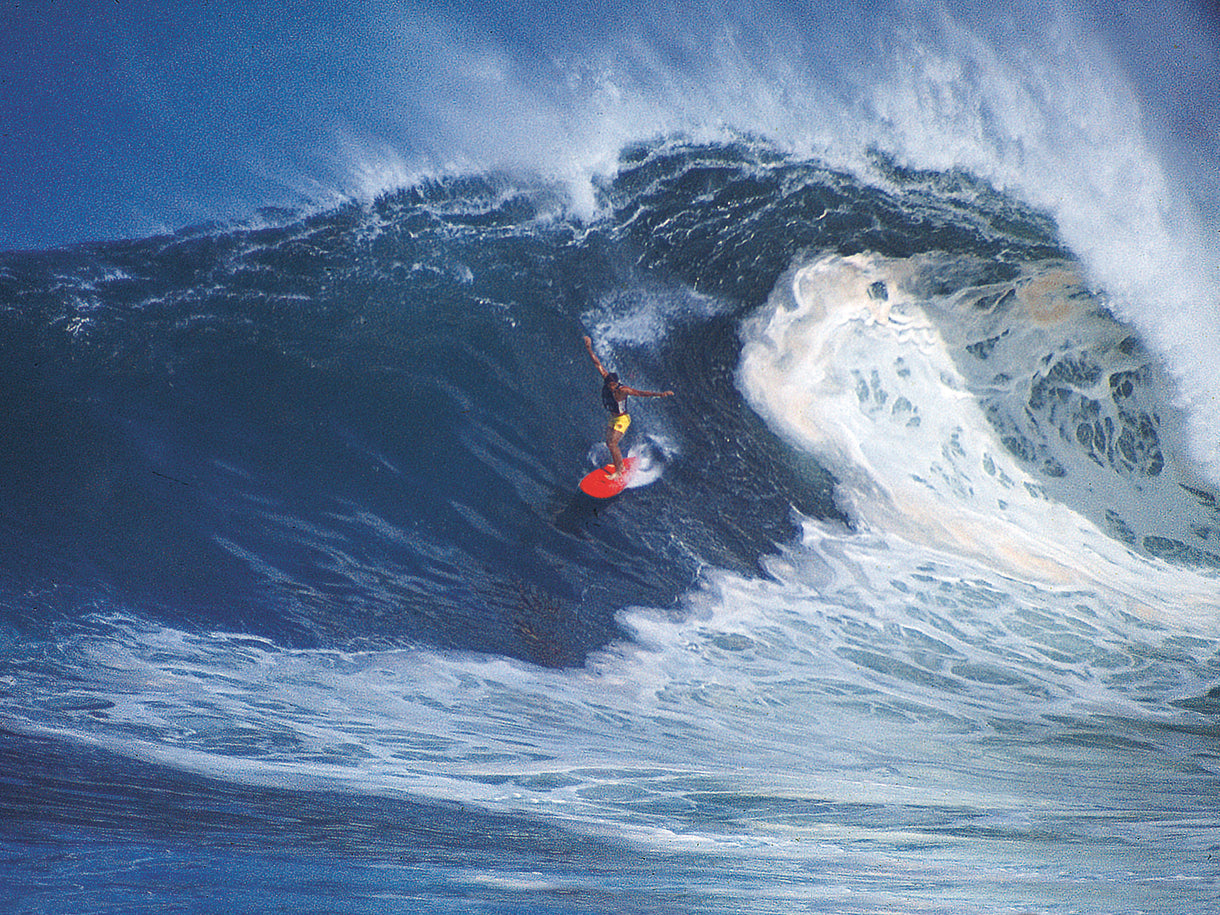

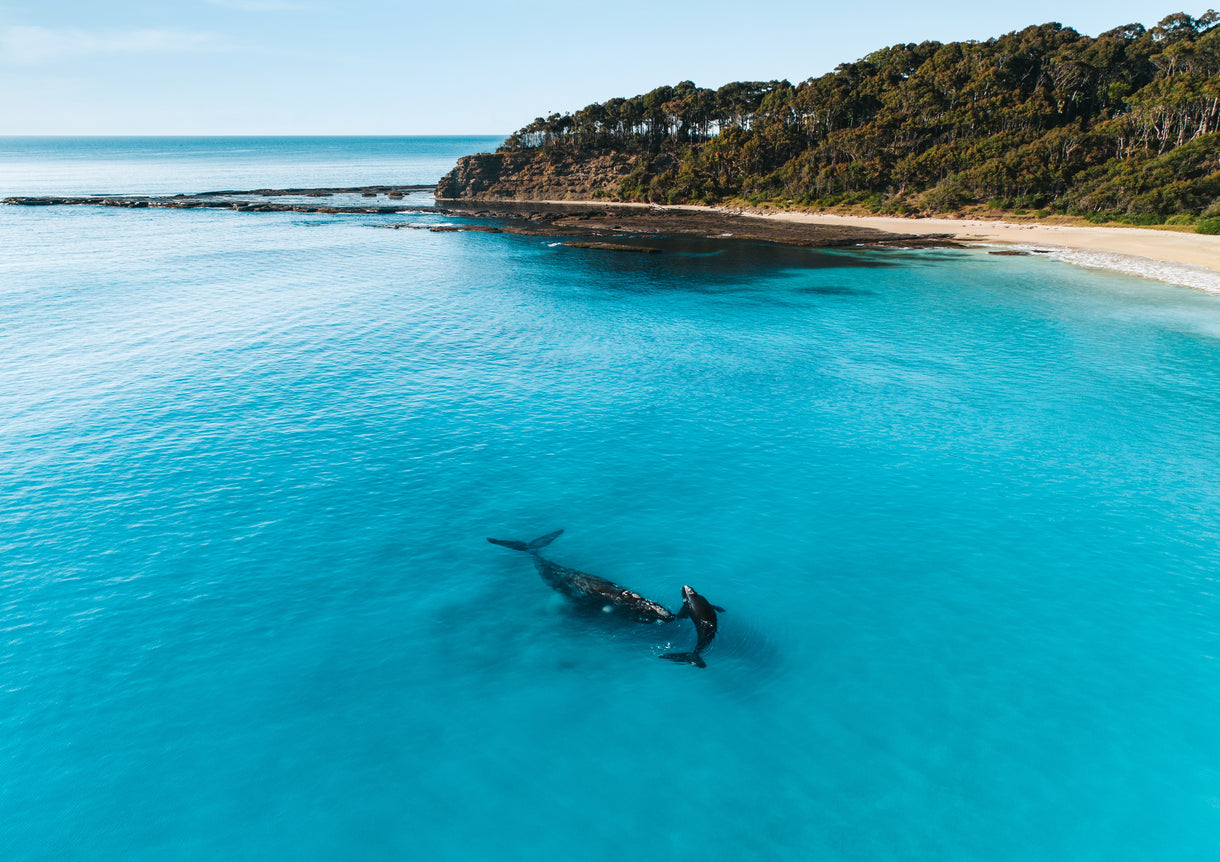
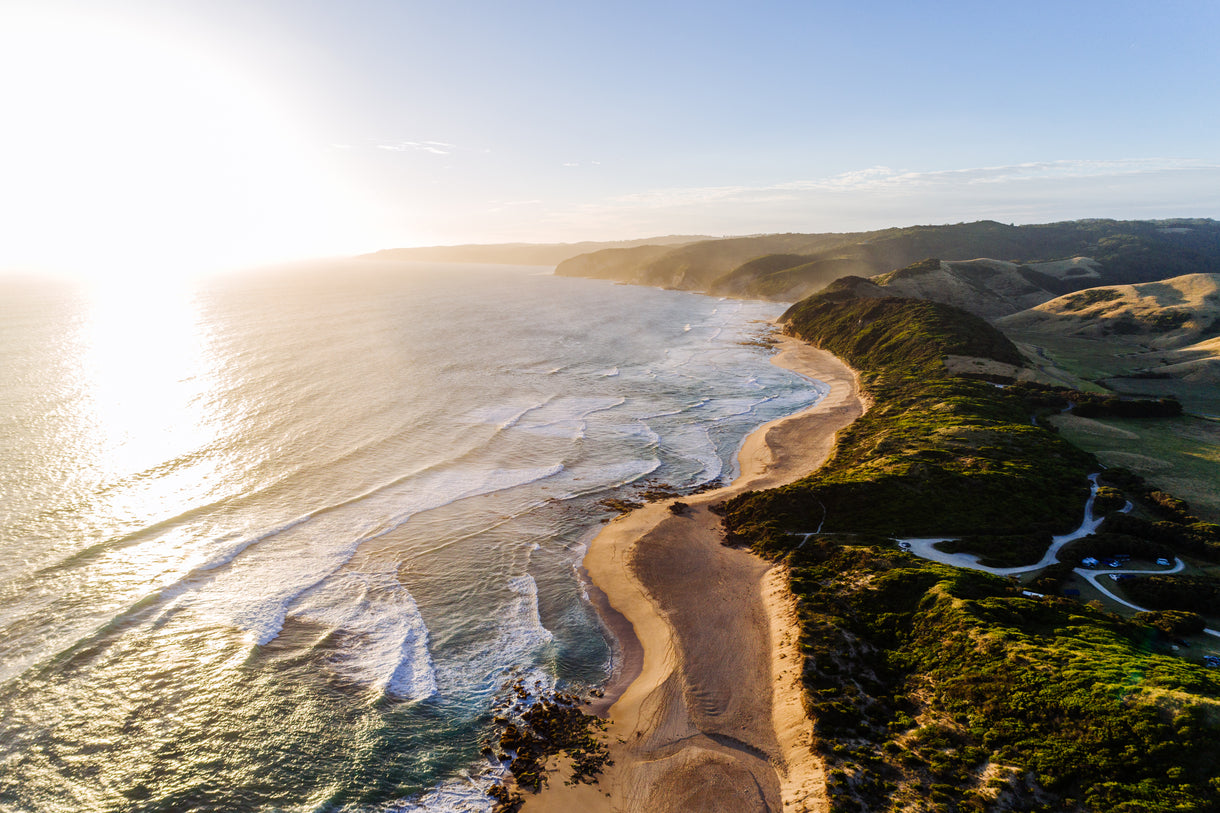
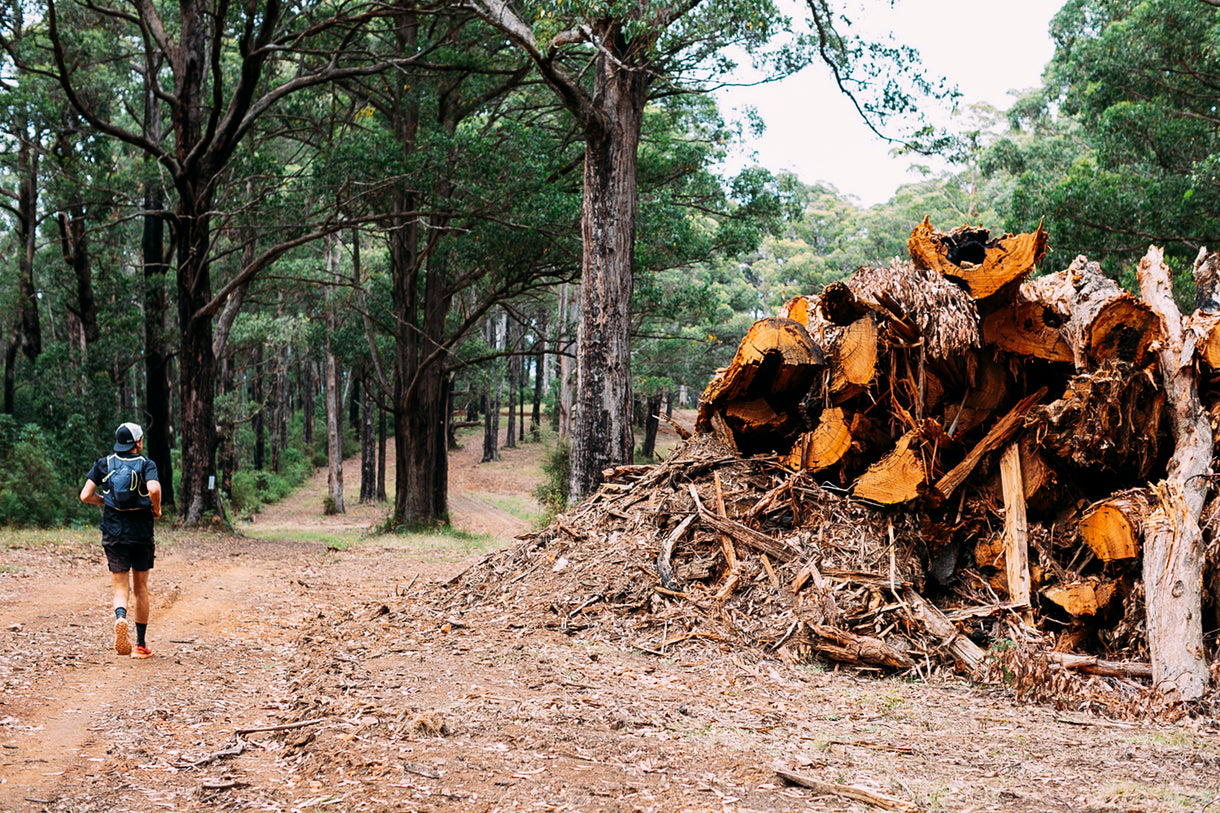
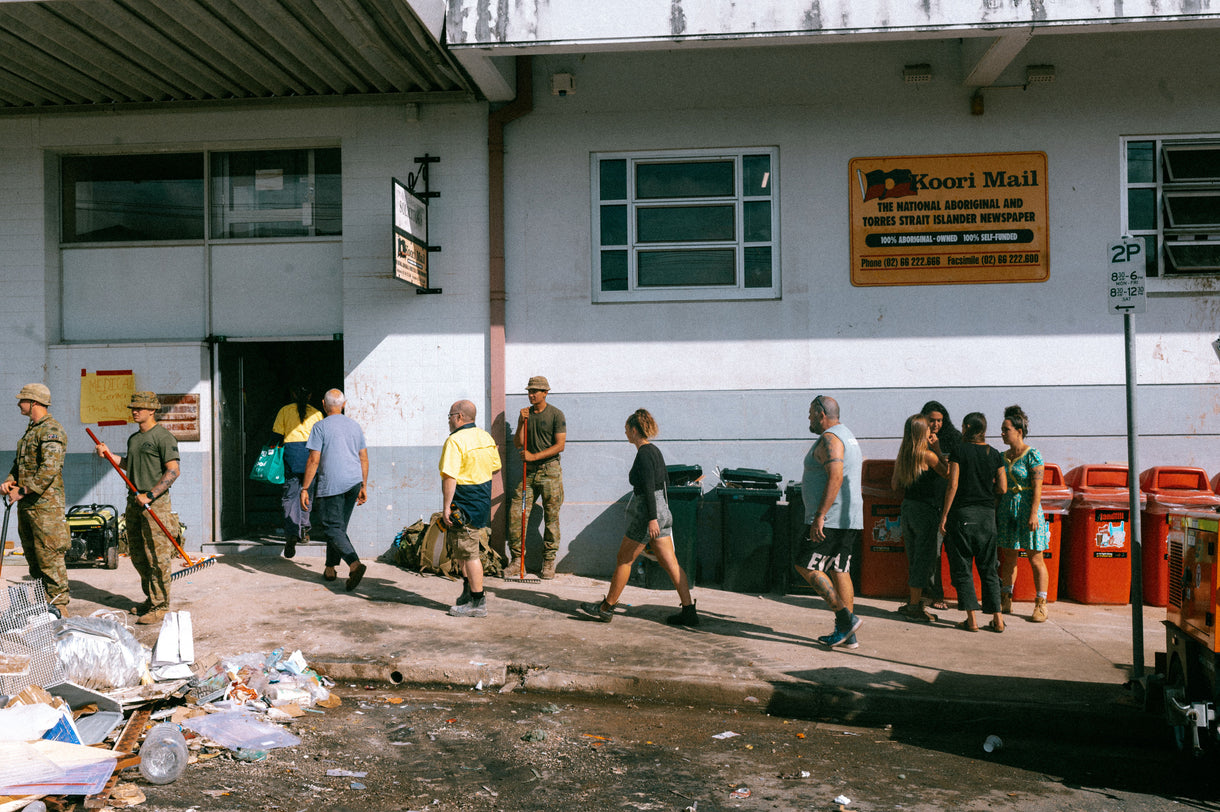

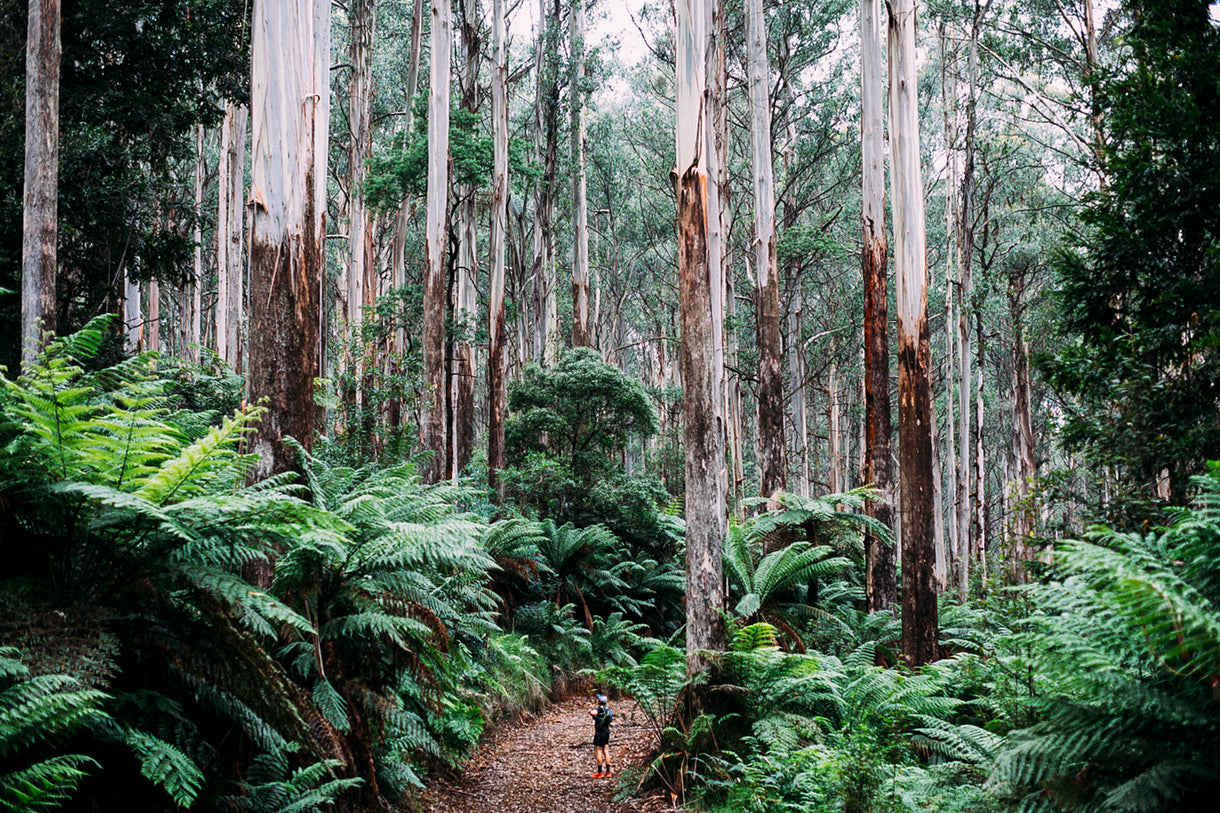
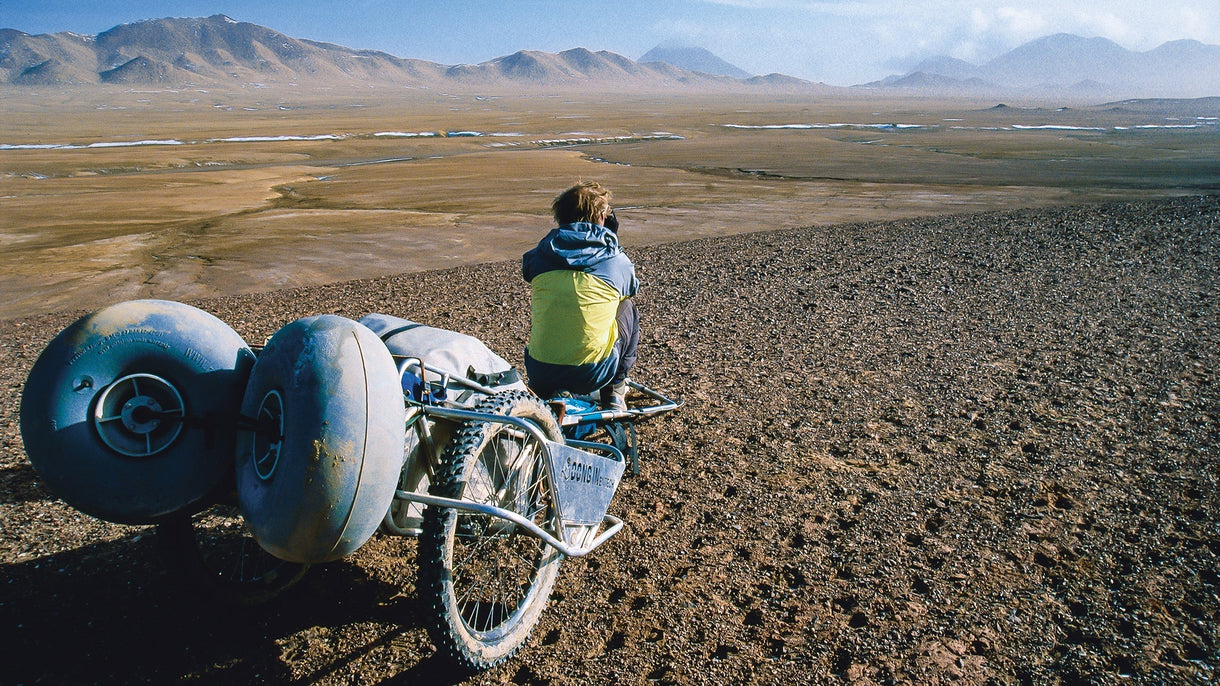
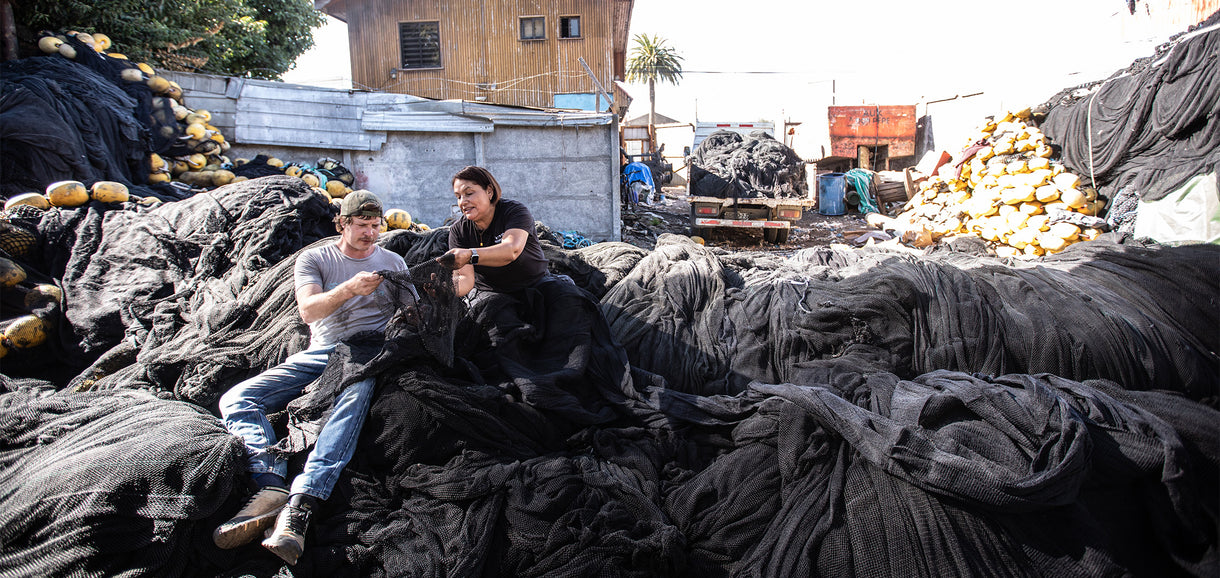
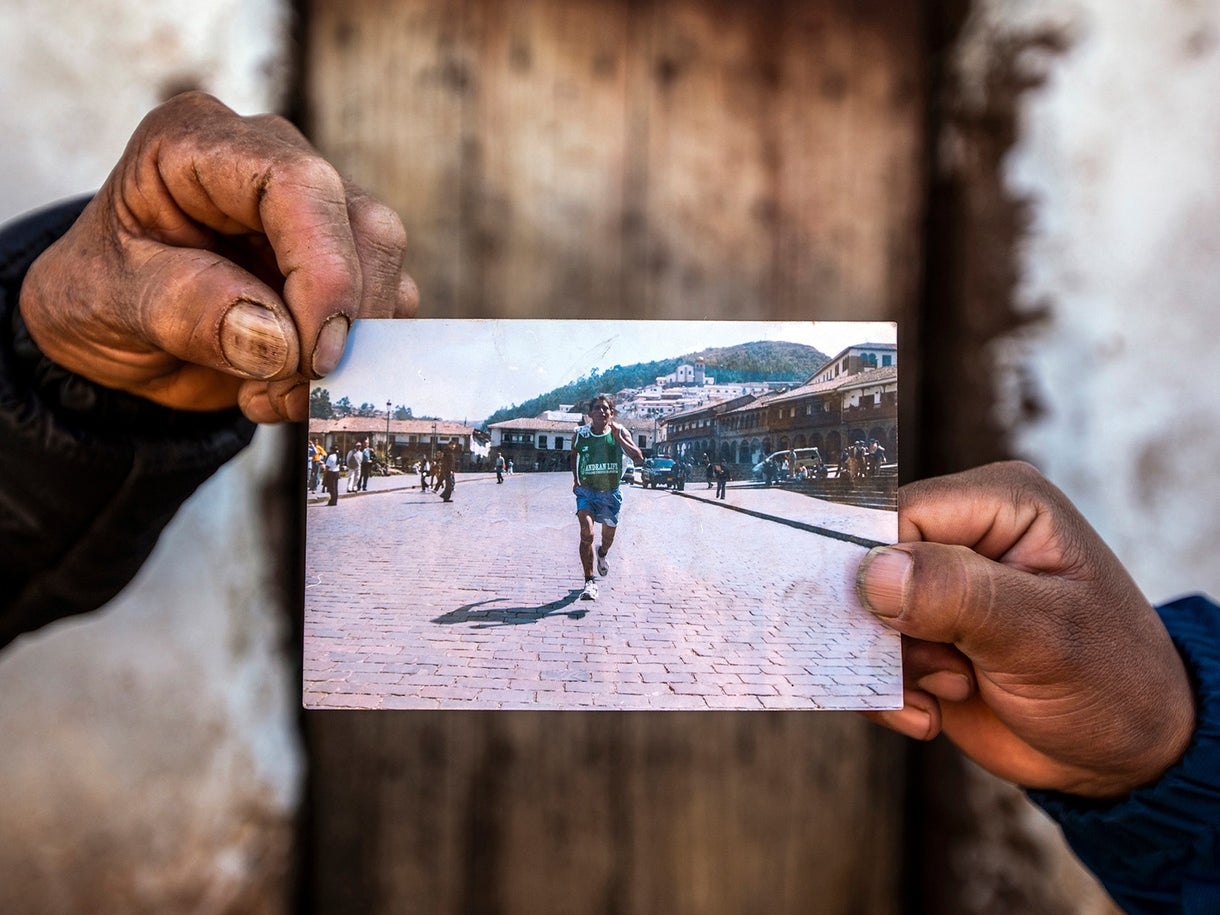
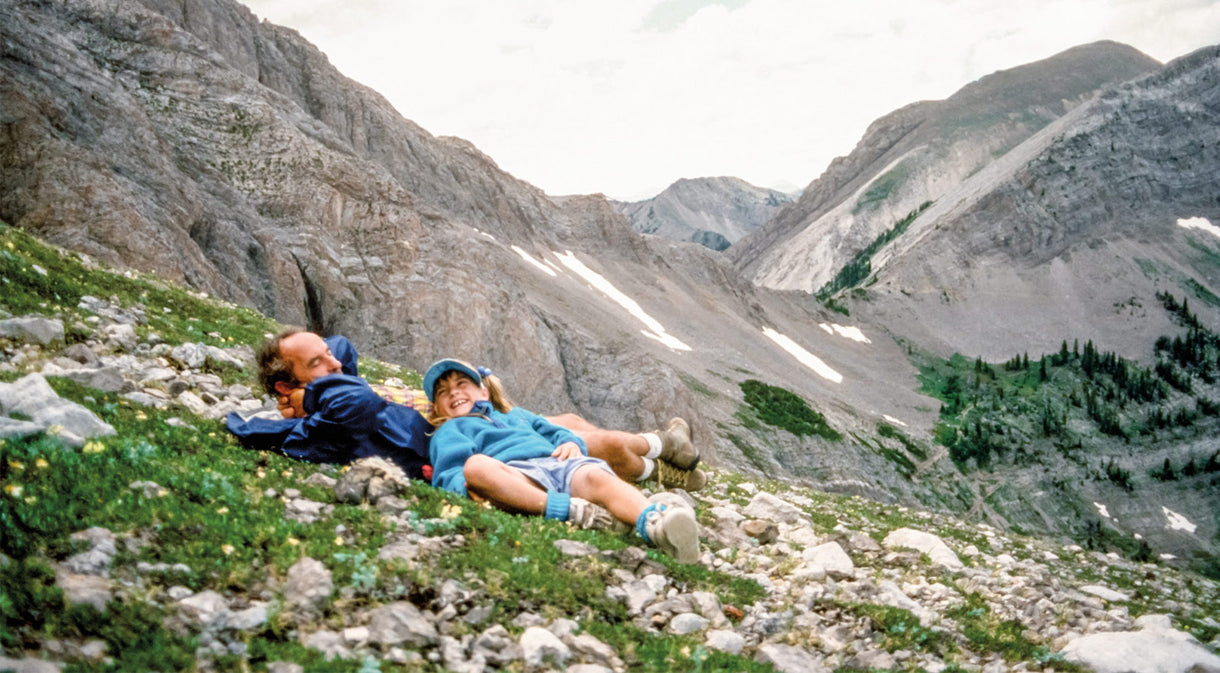
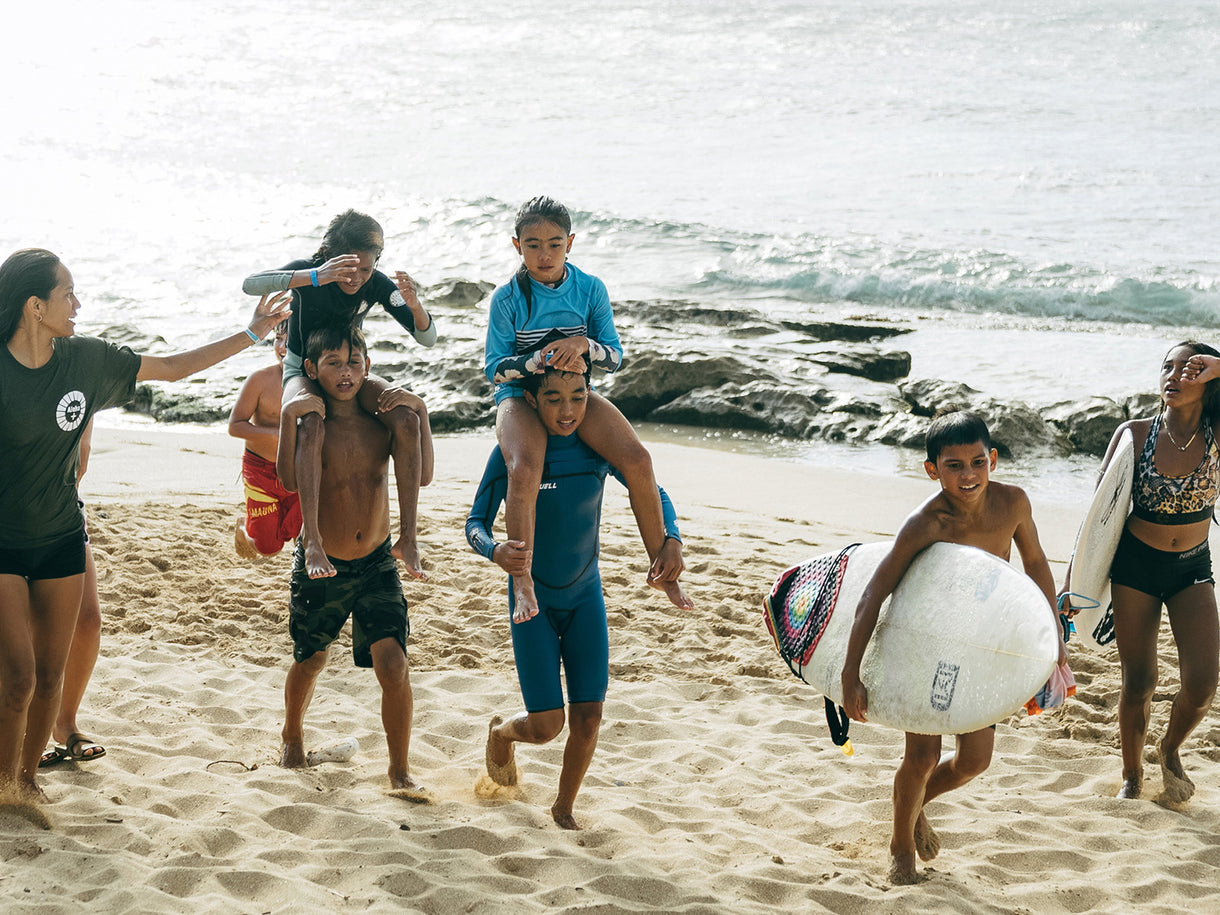
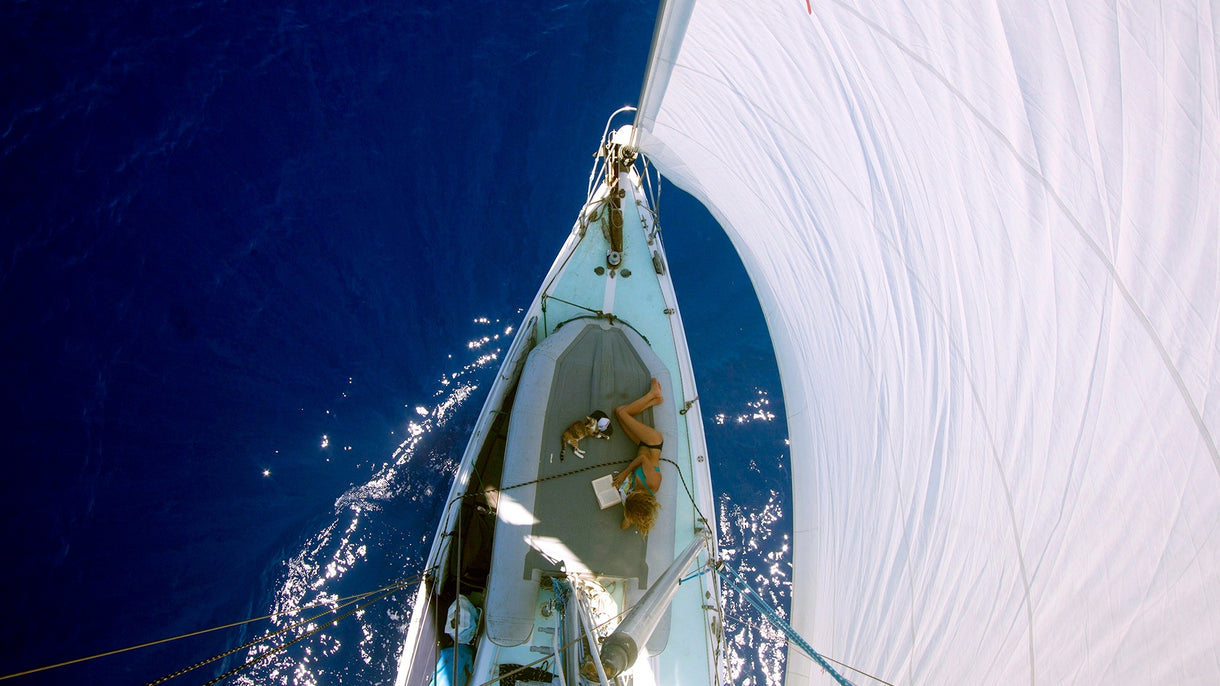
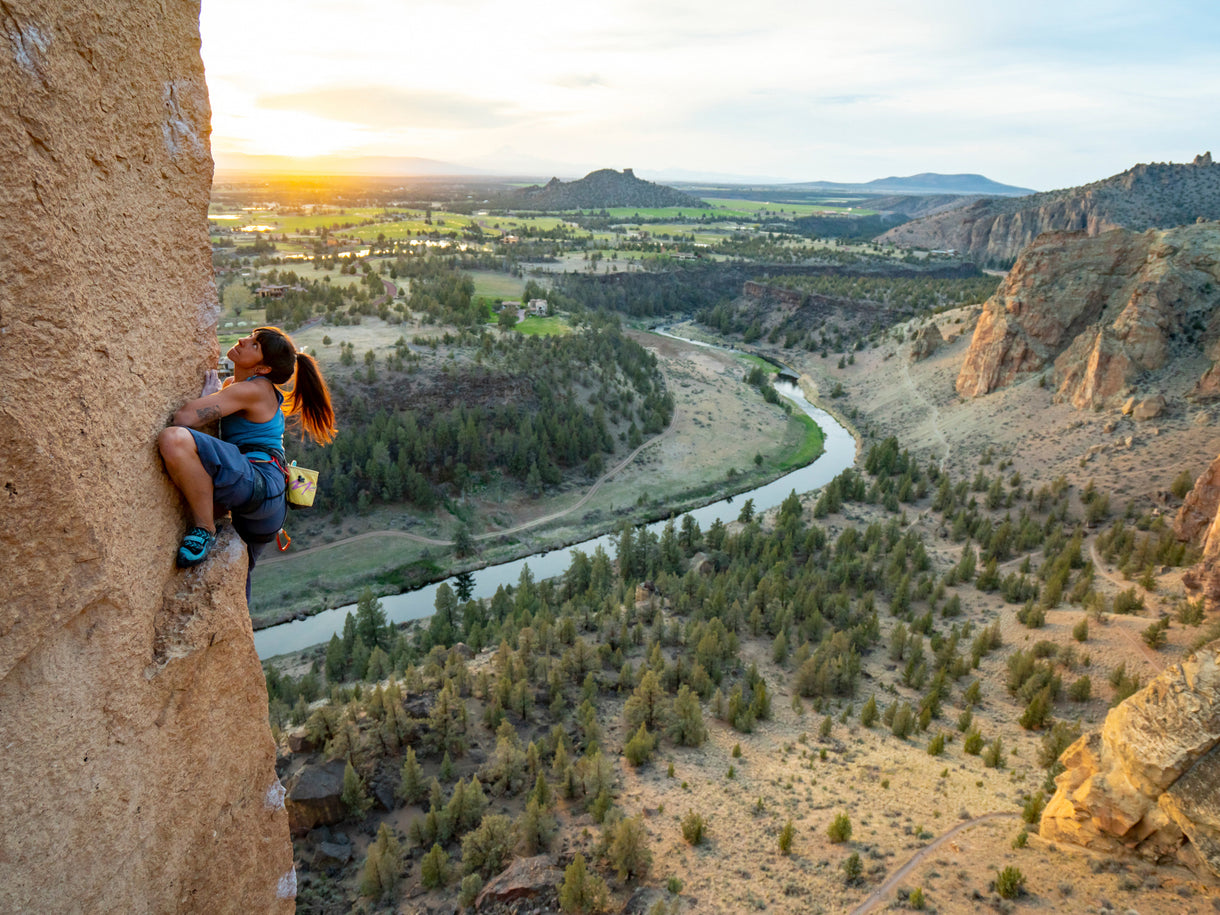
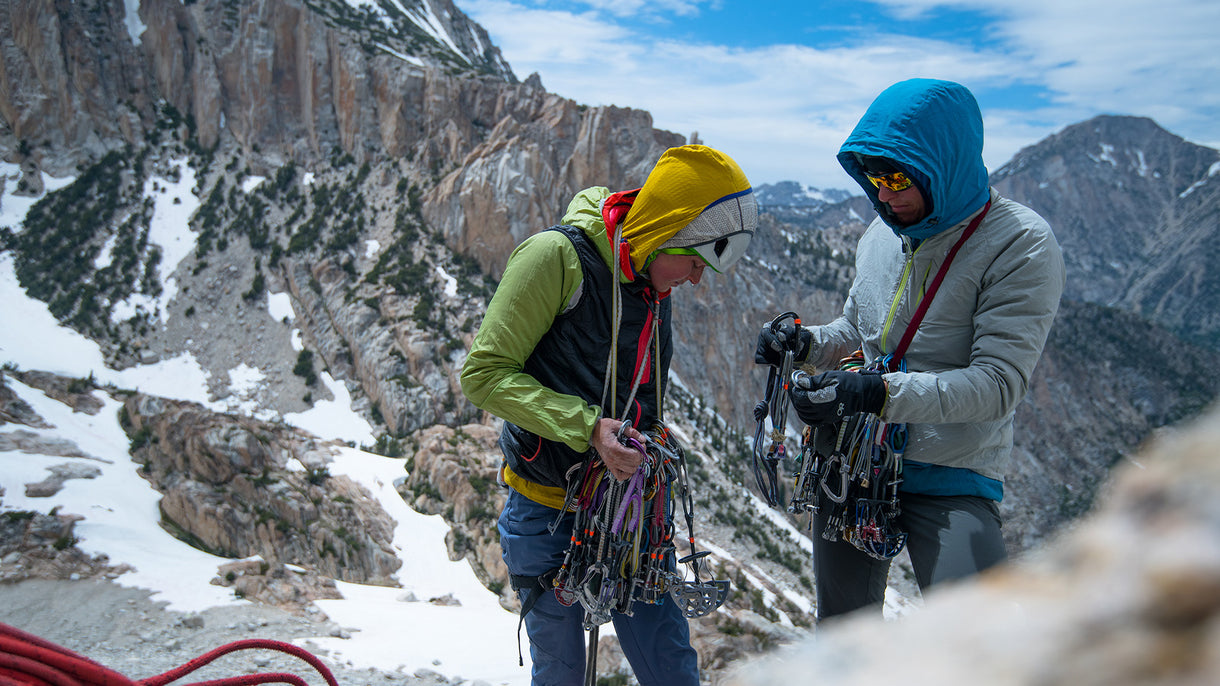
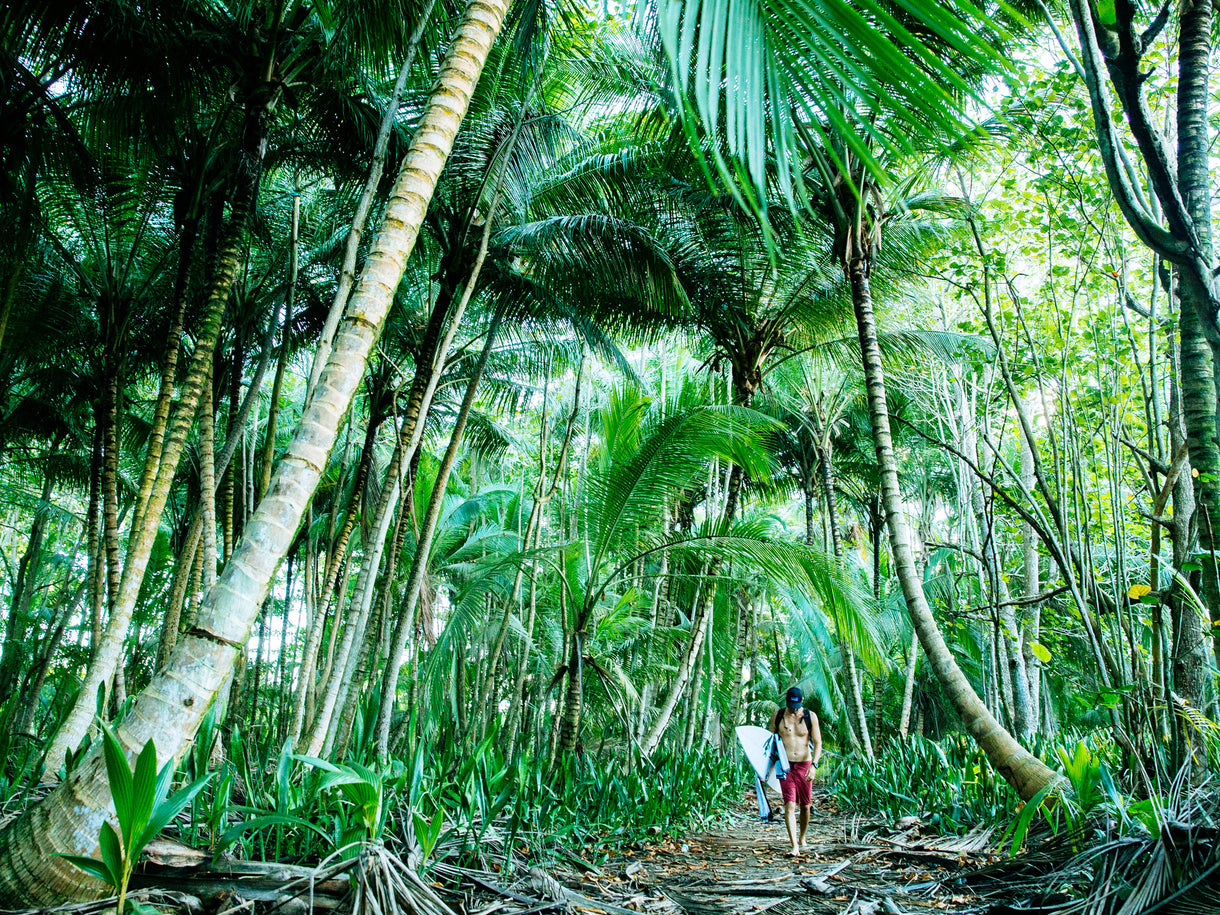
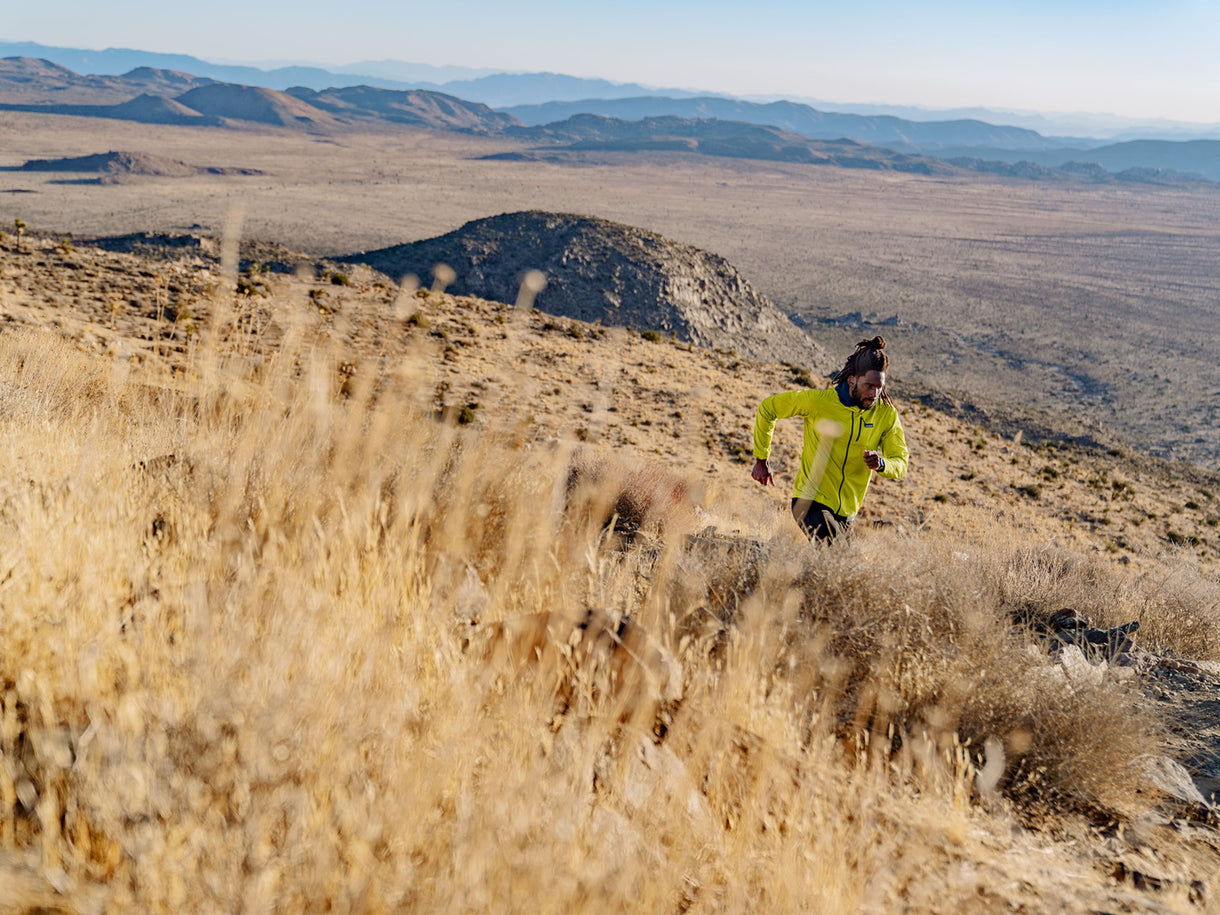
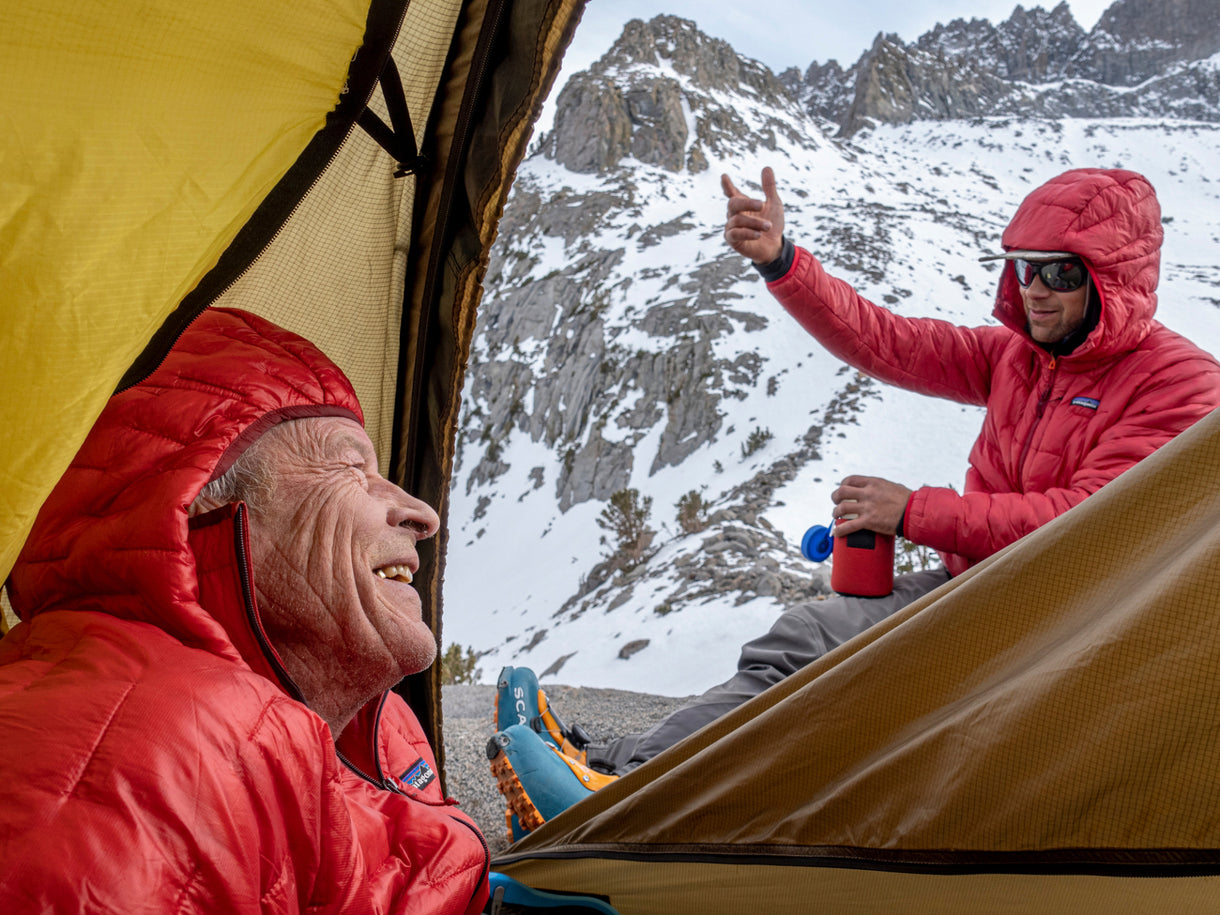
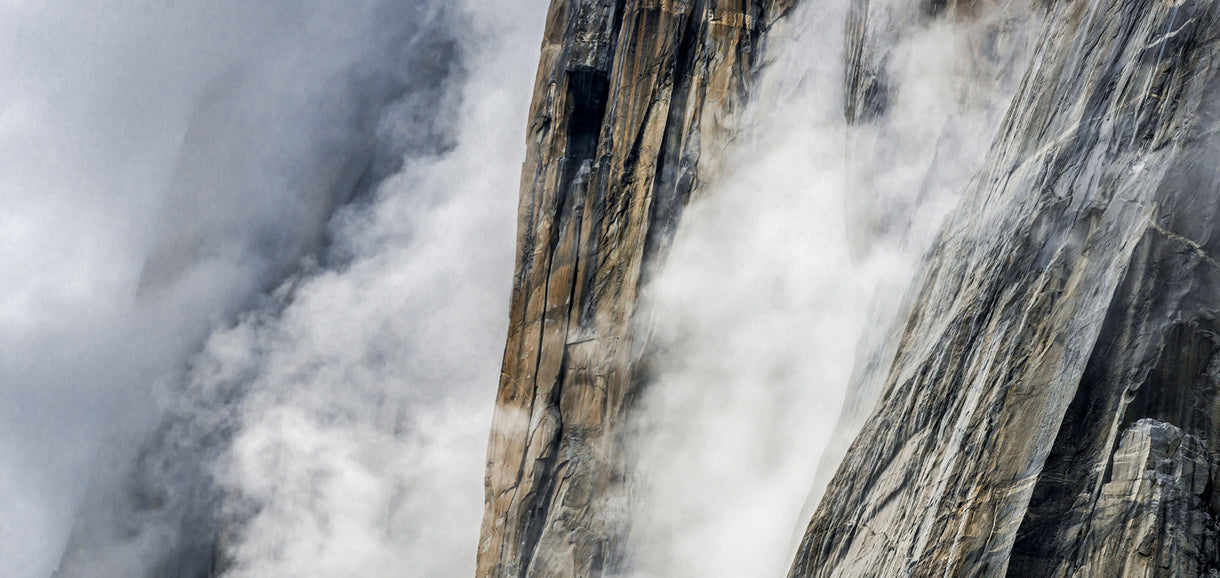
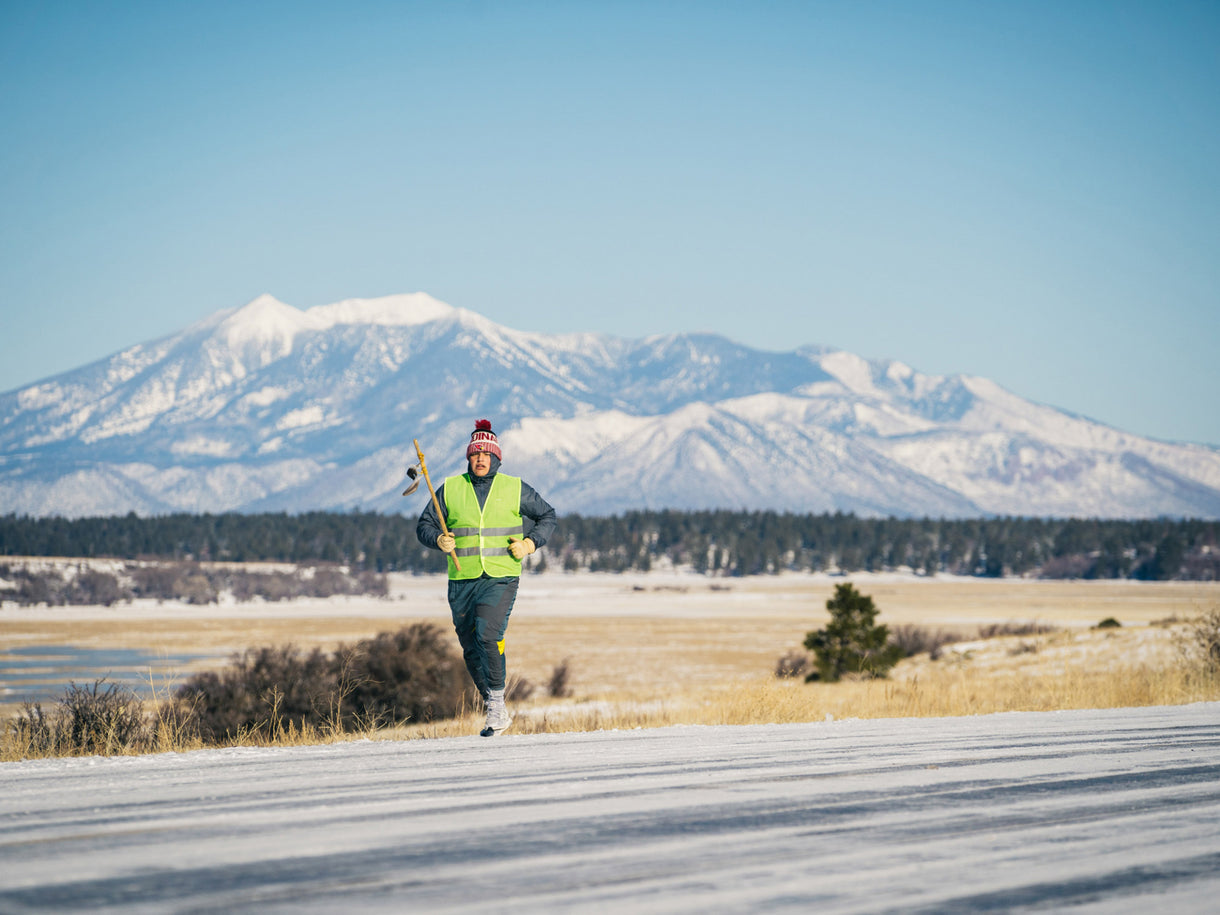


Linley Hurrell is a surfer, activist and teacher. She grew up with her own personal connection to the southern right whale which led to a life of environmental education, advocacy and protecting sea country. Linley currently works for Patagonia, Surfers for Climate and the Saltwater Institute.